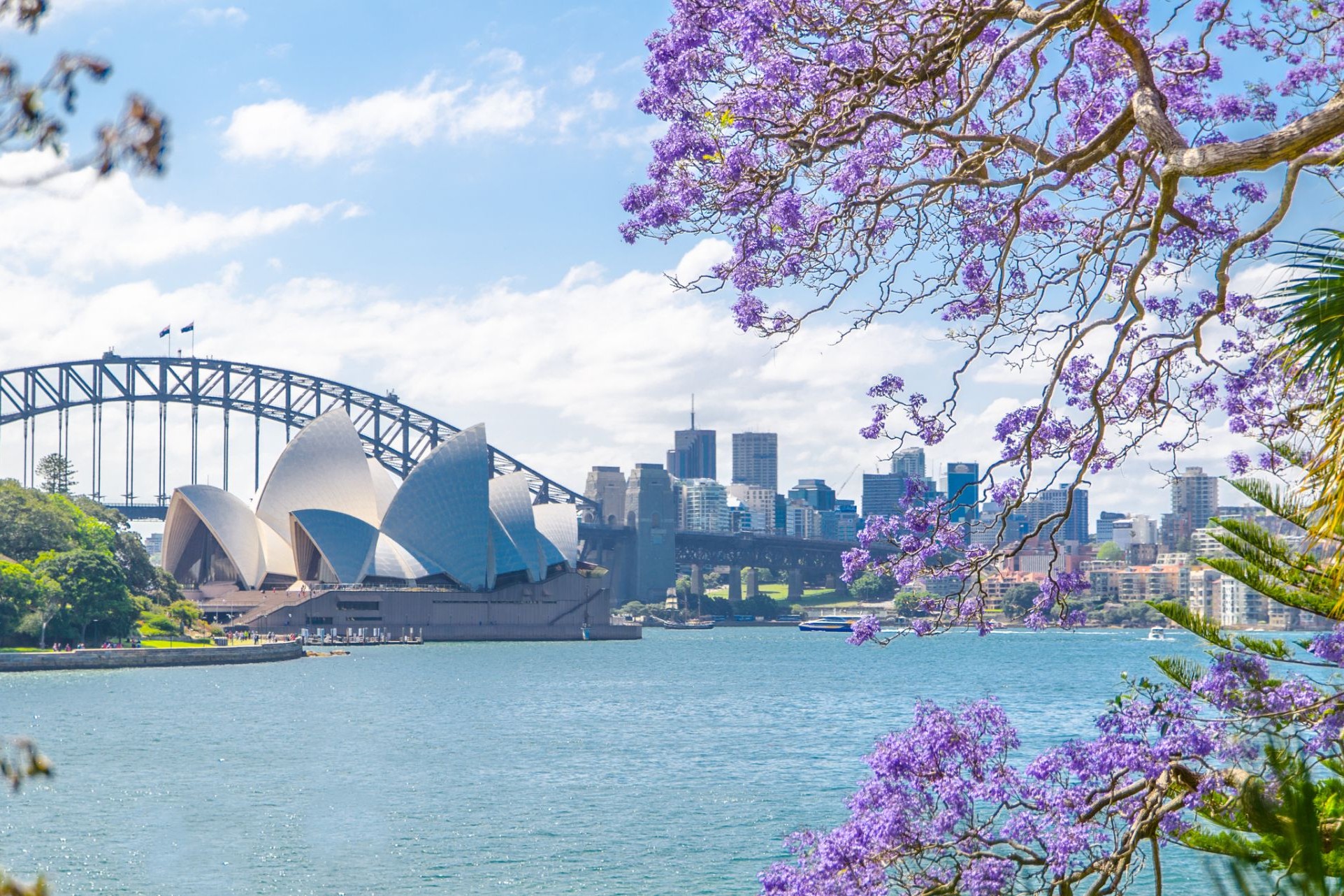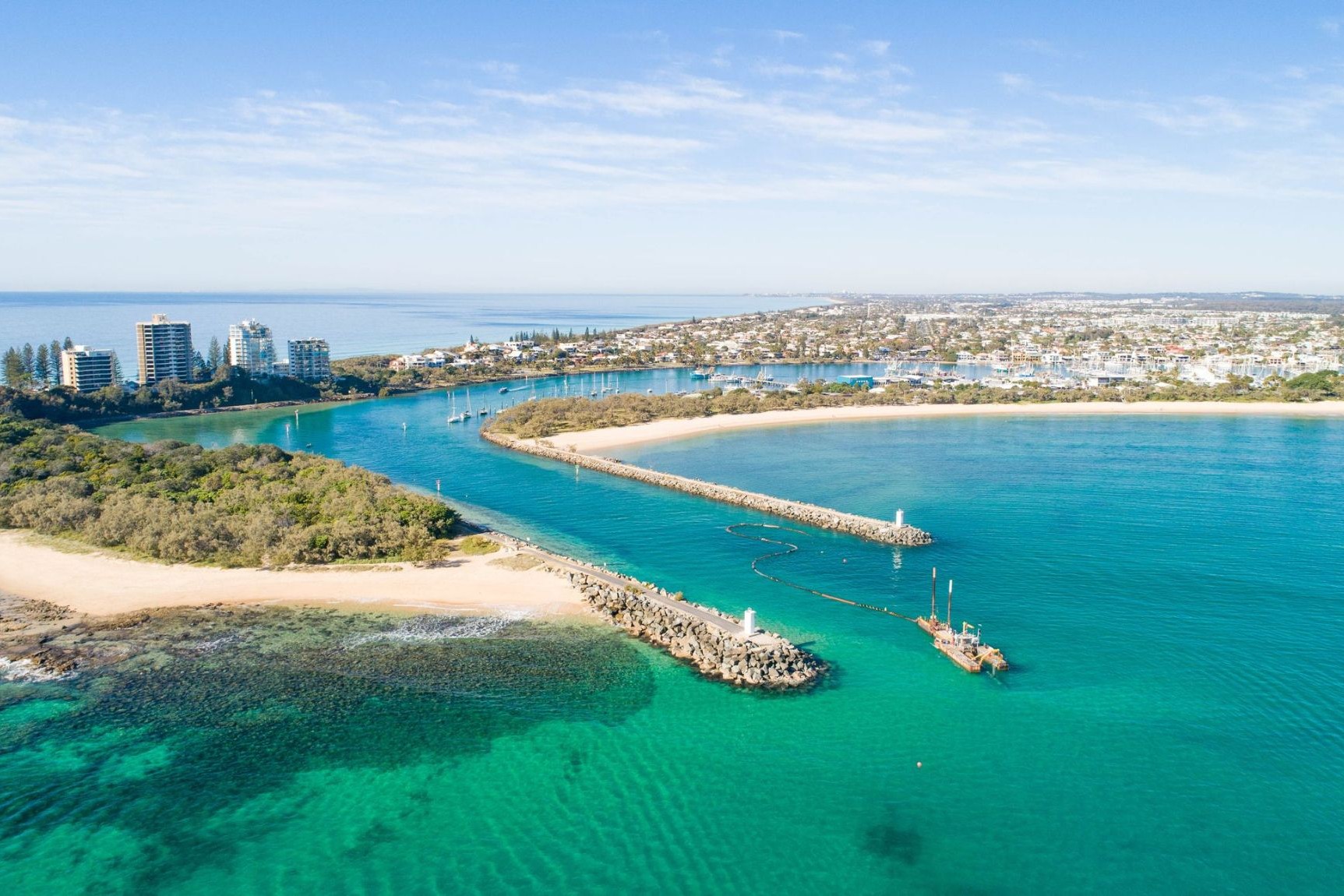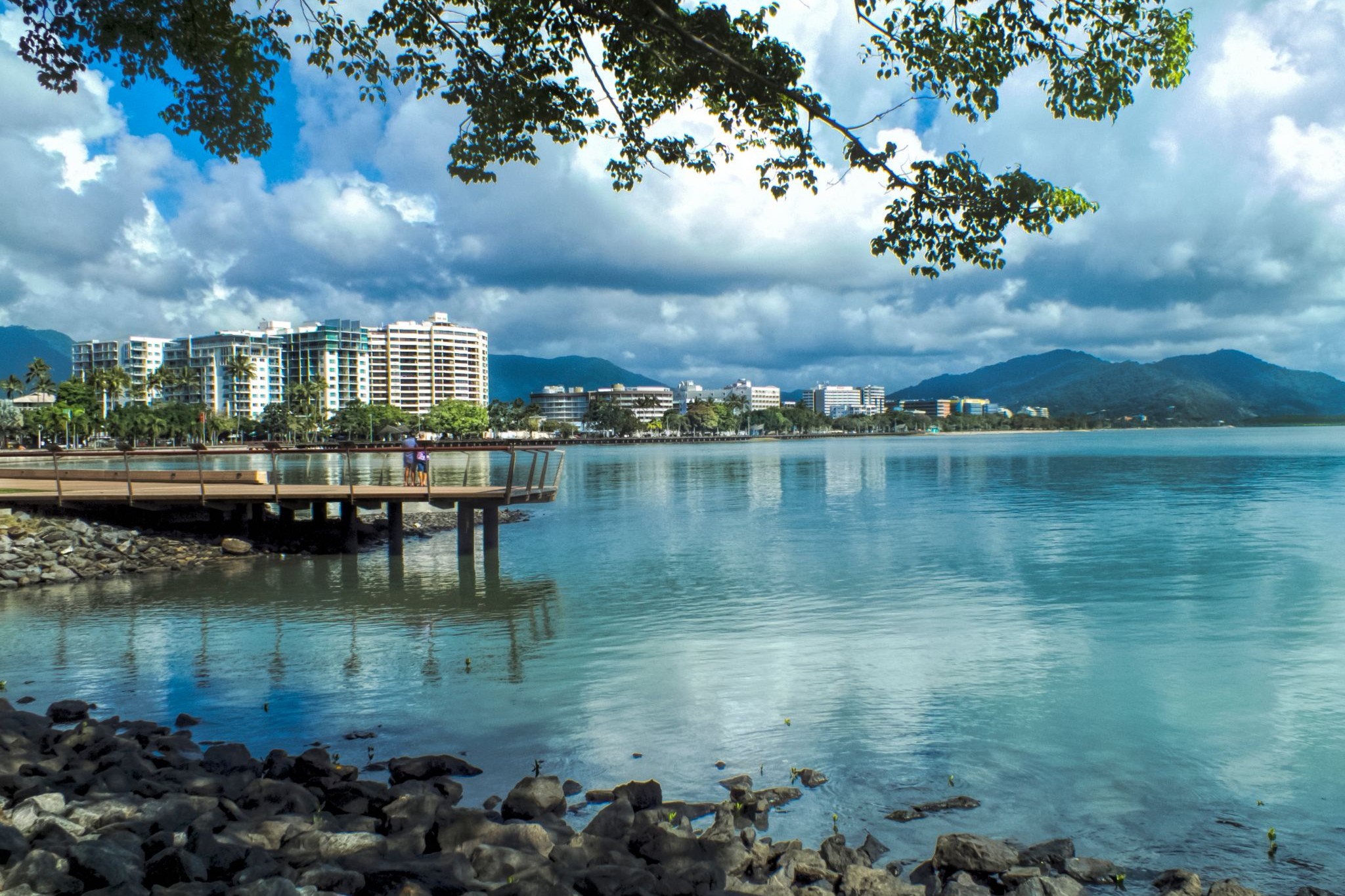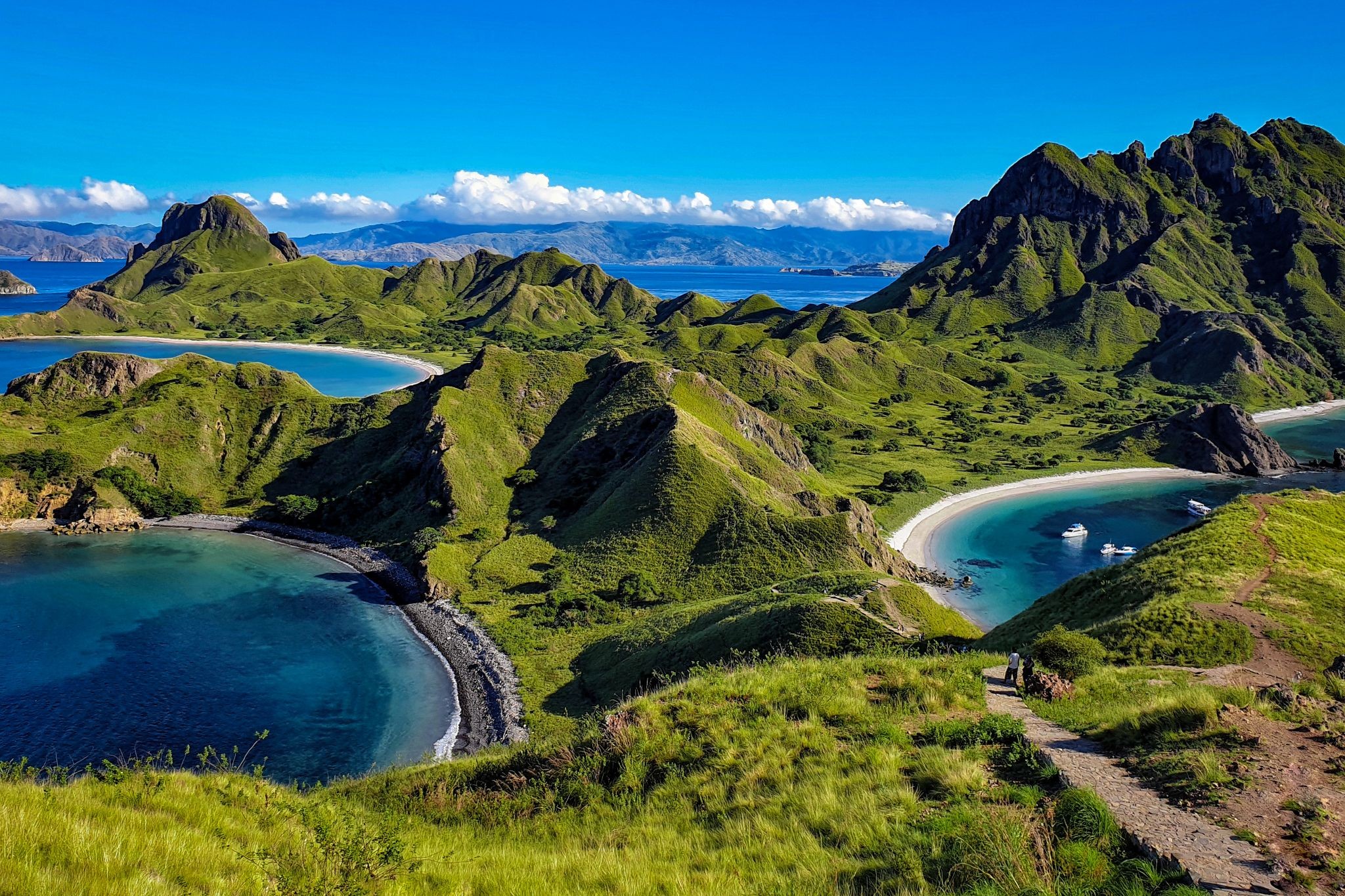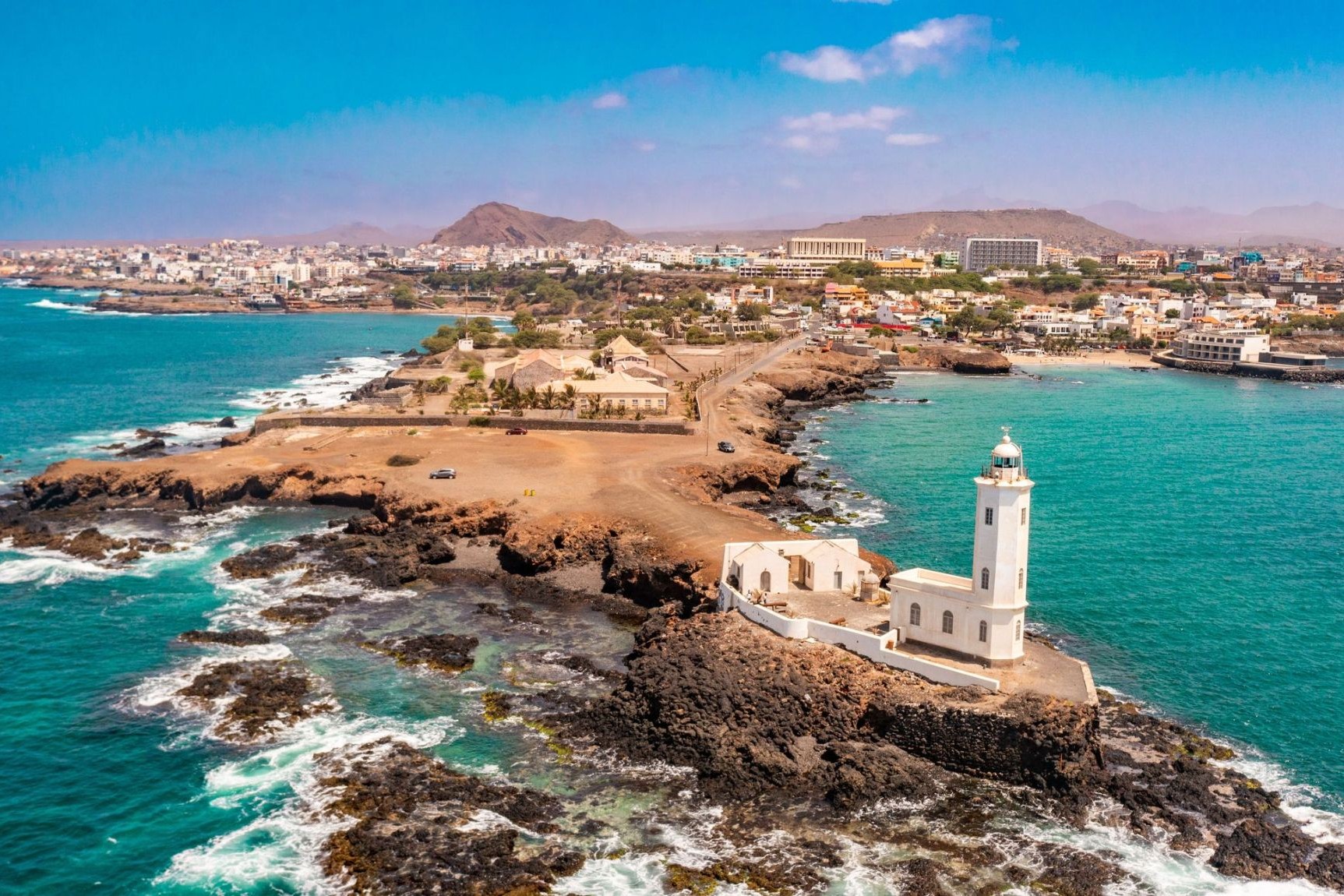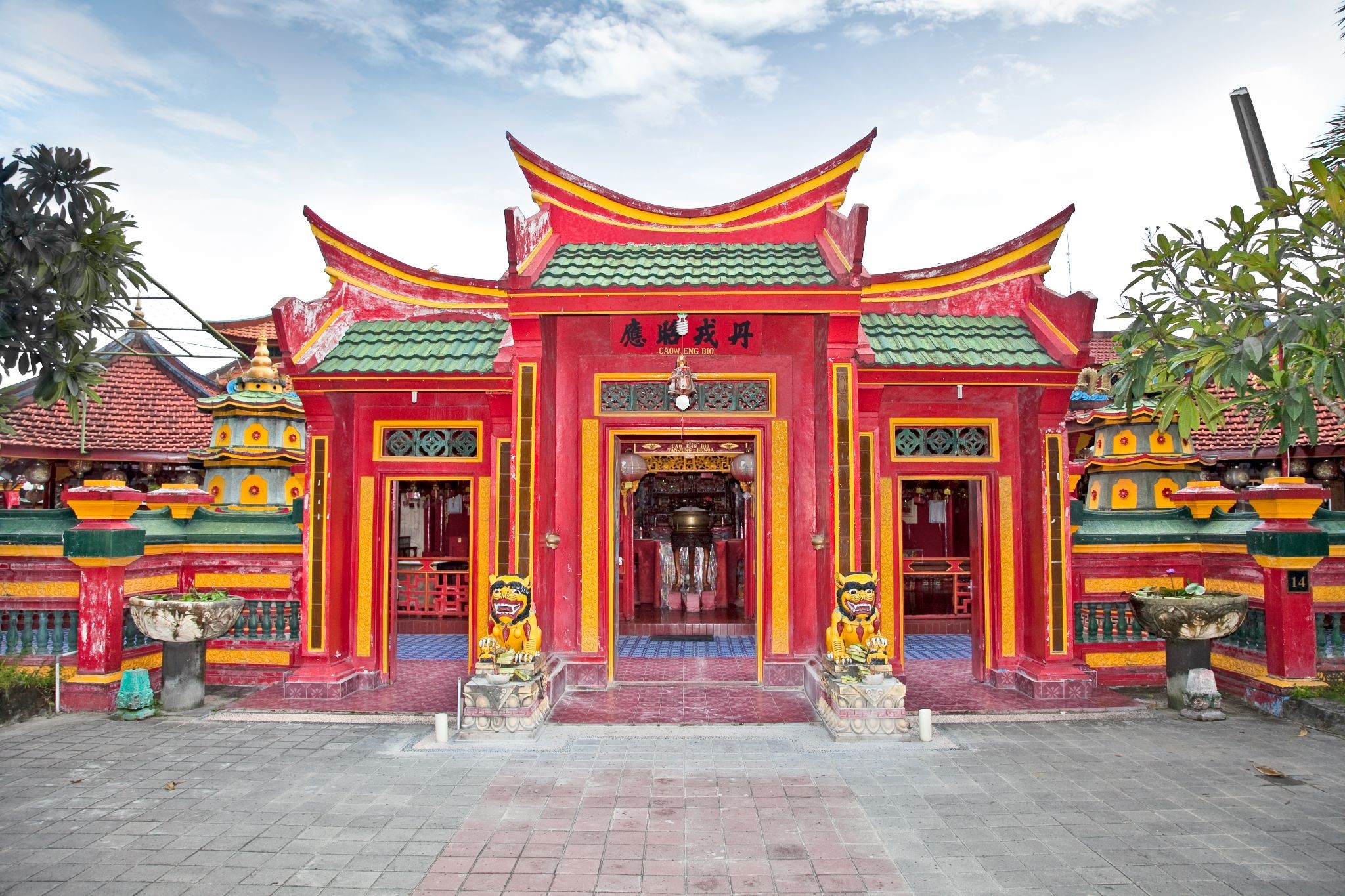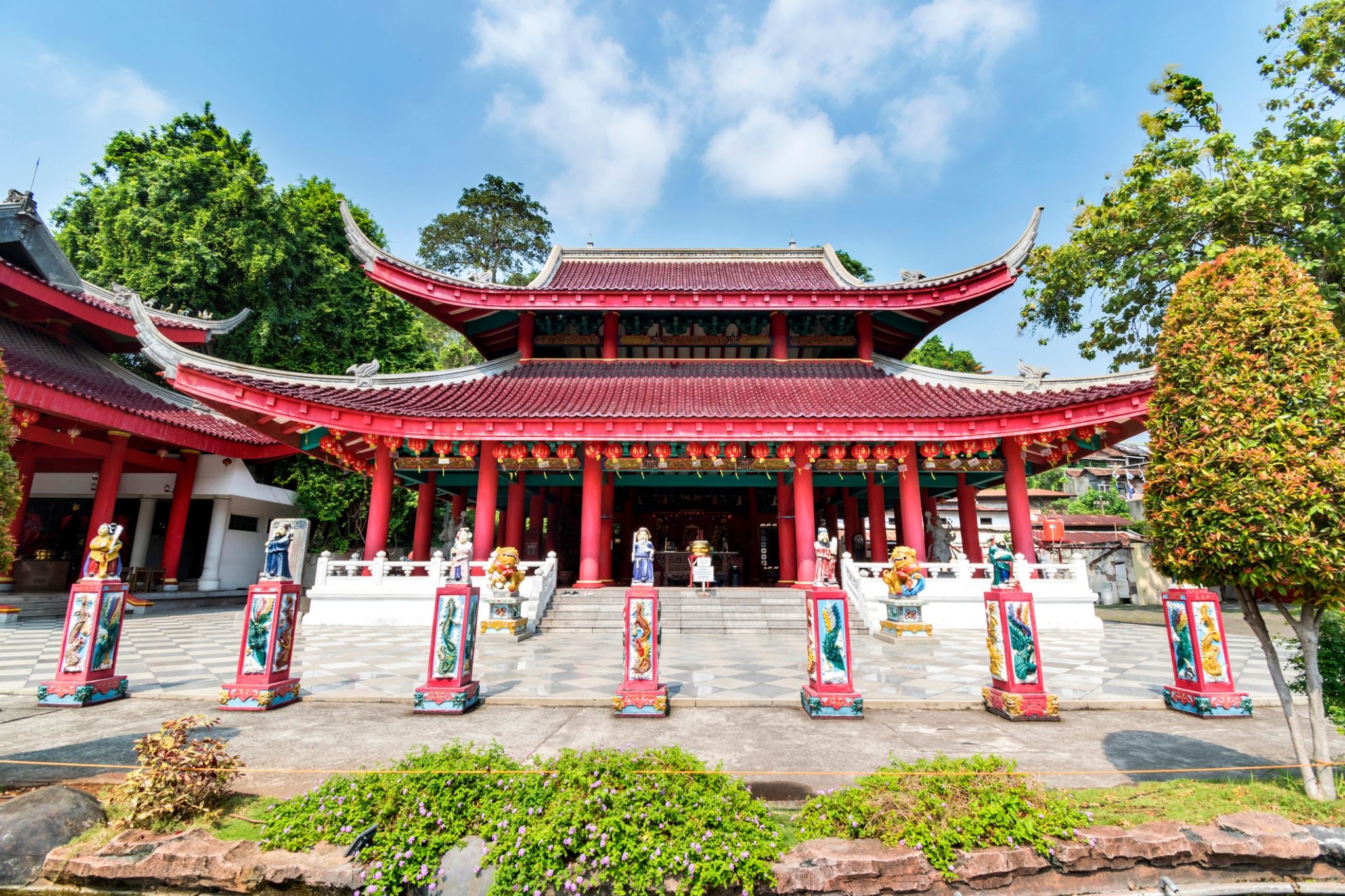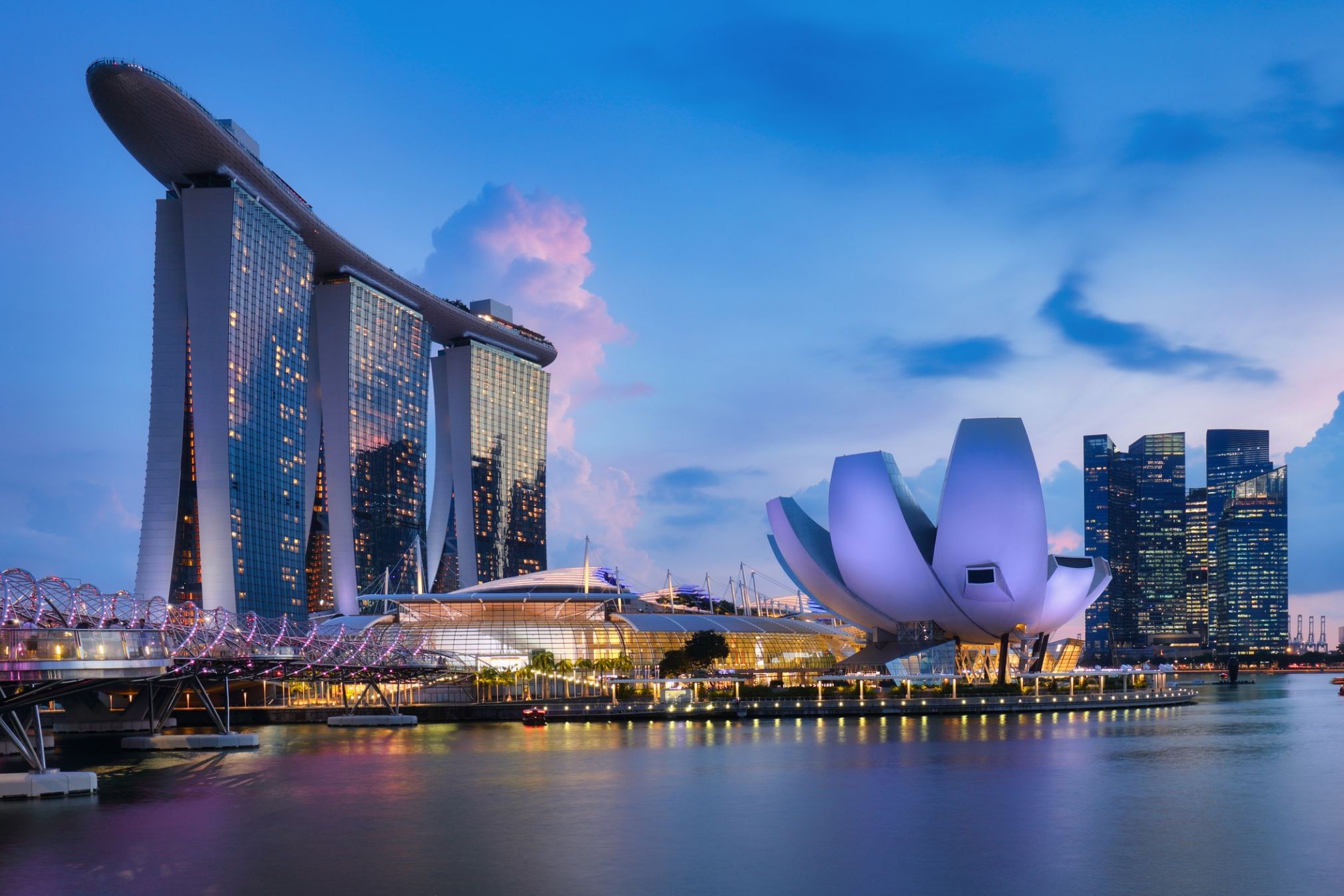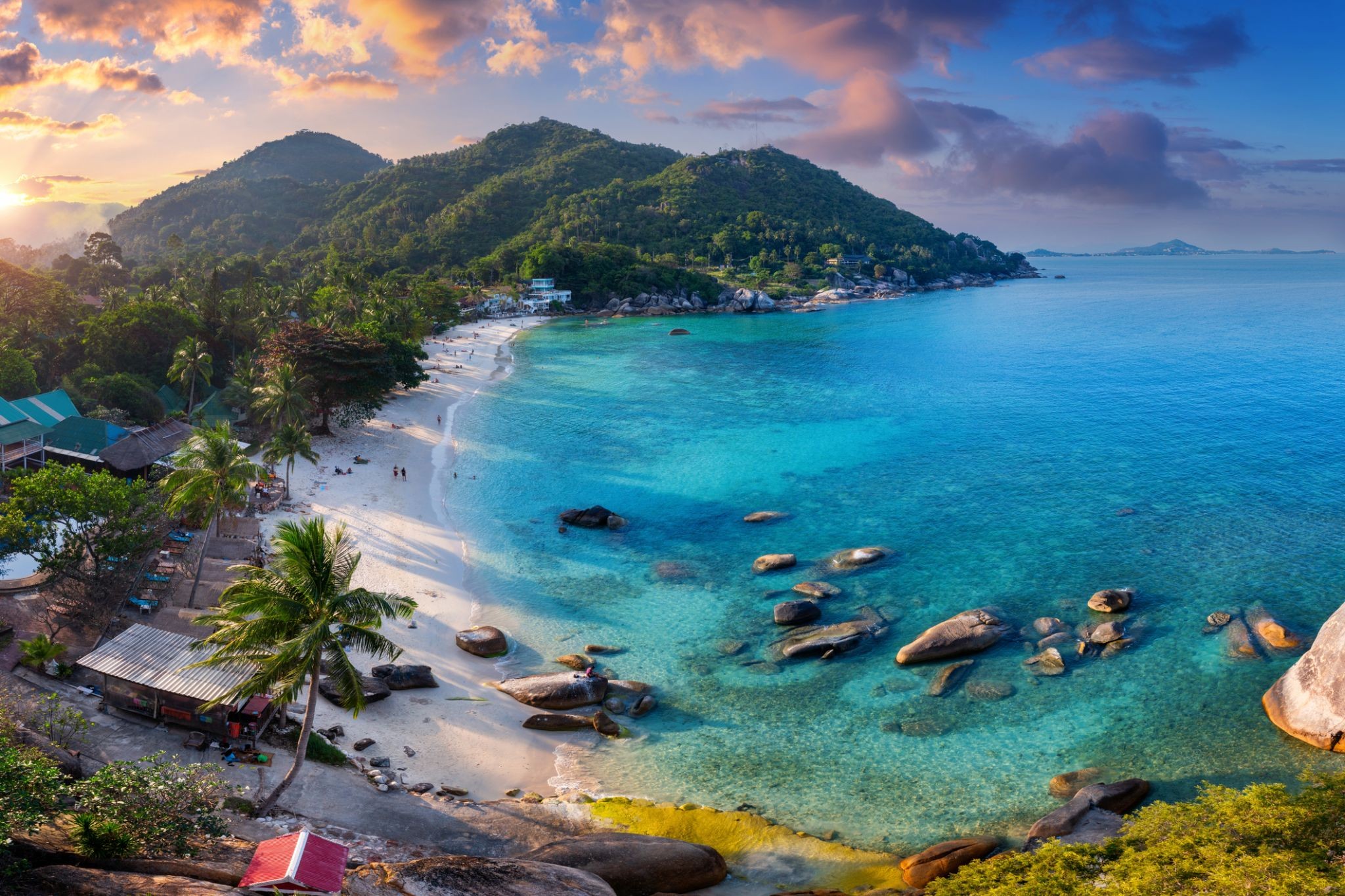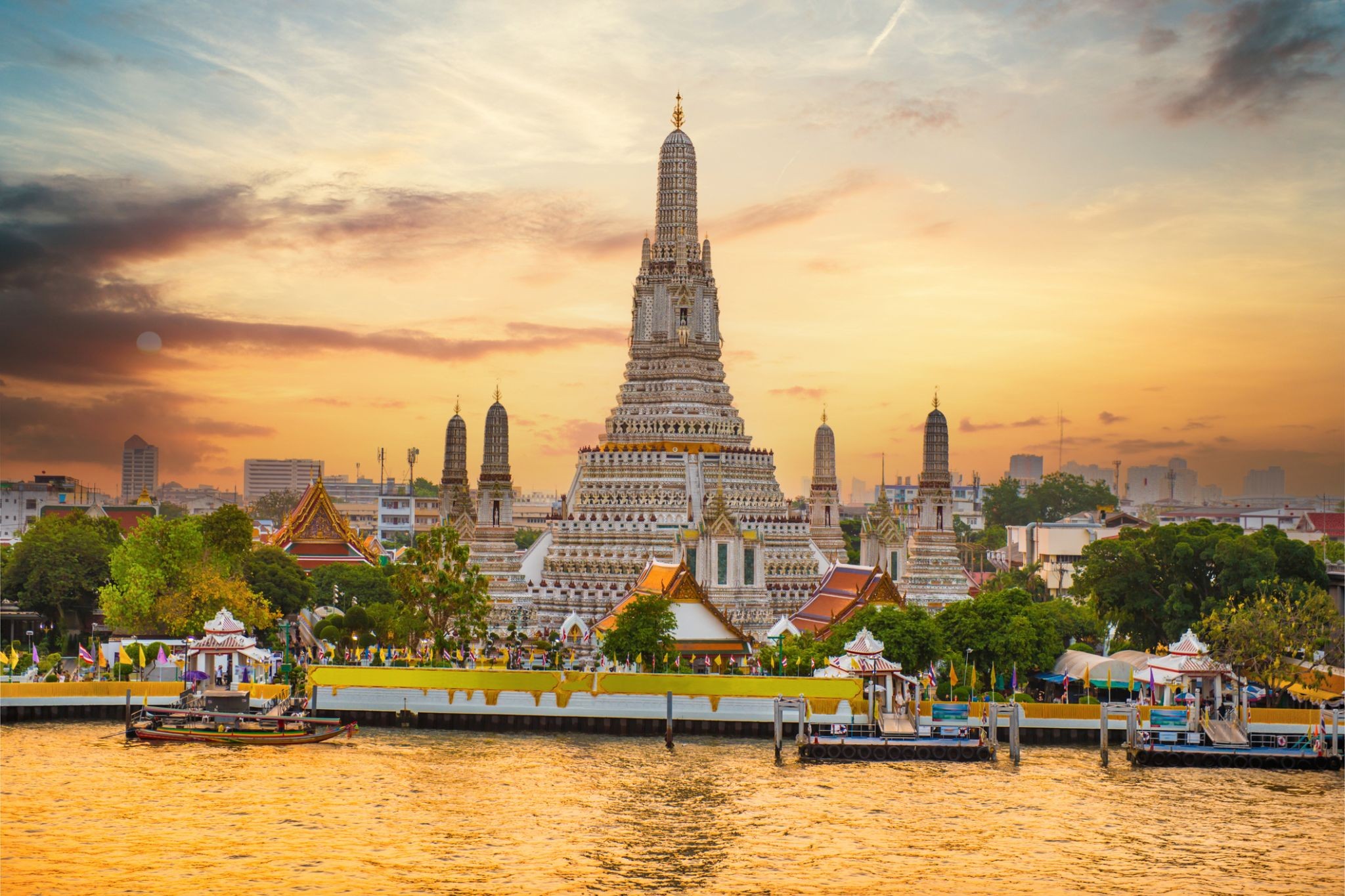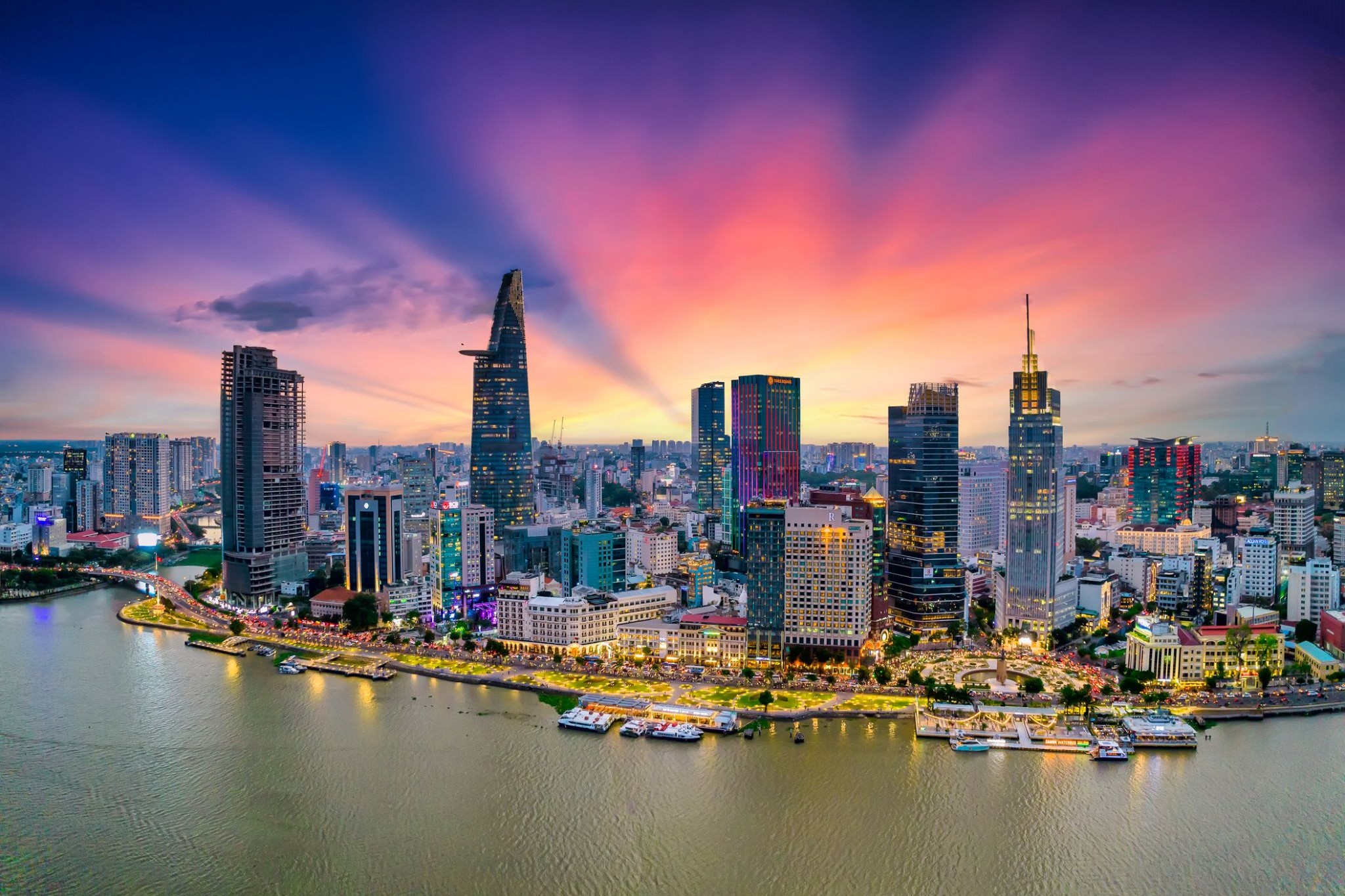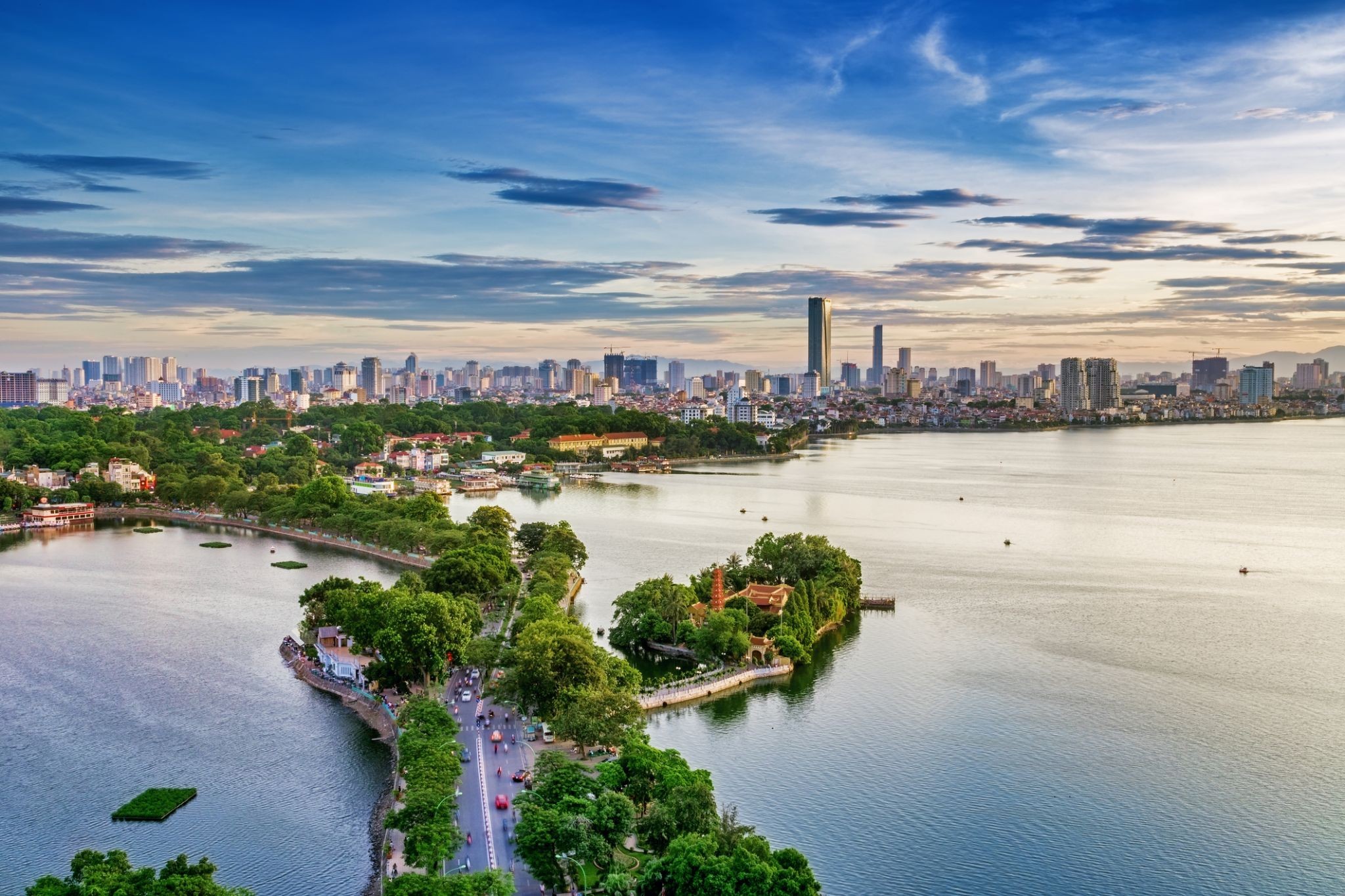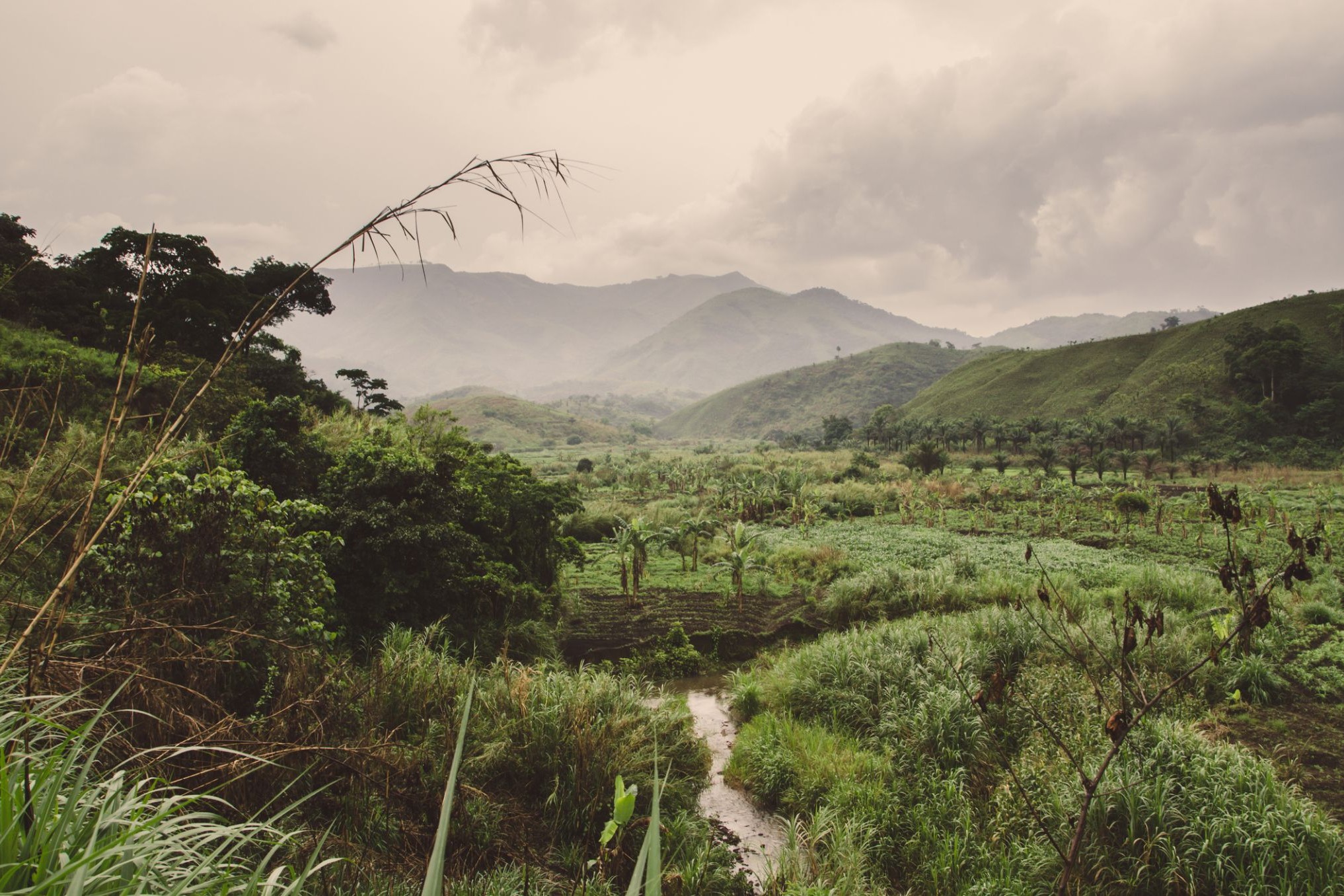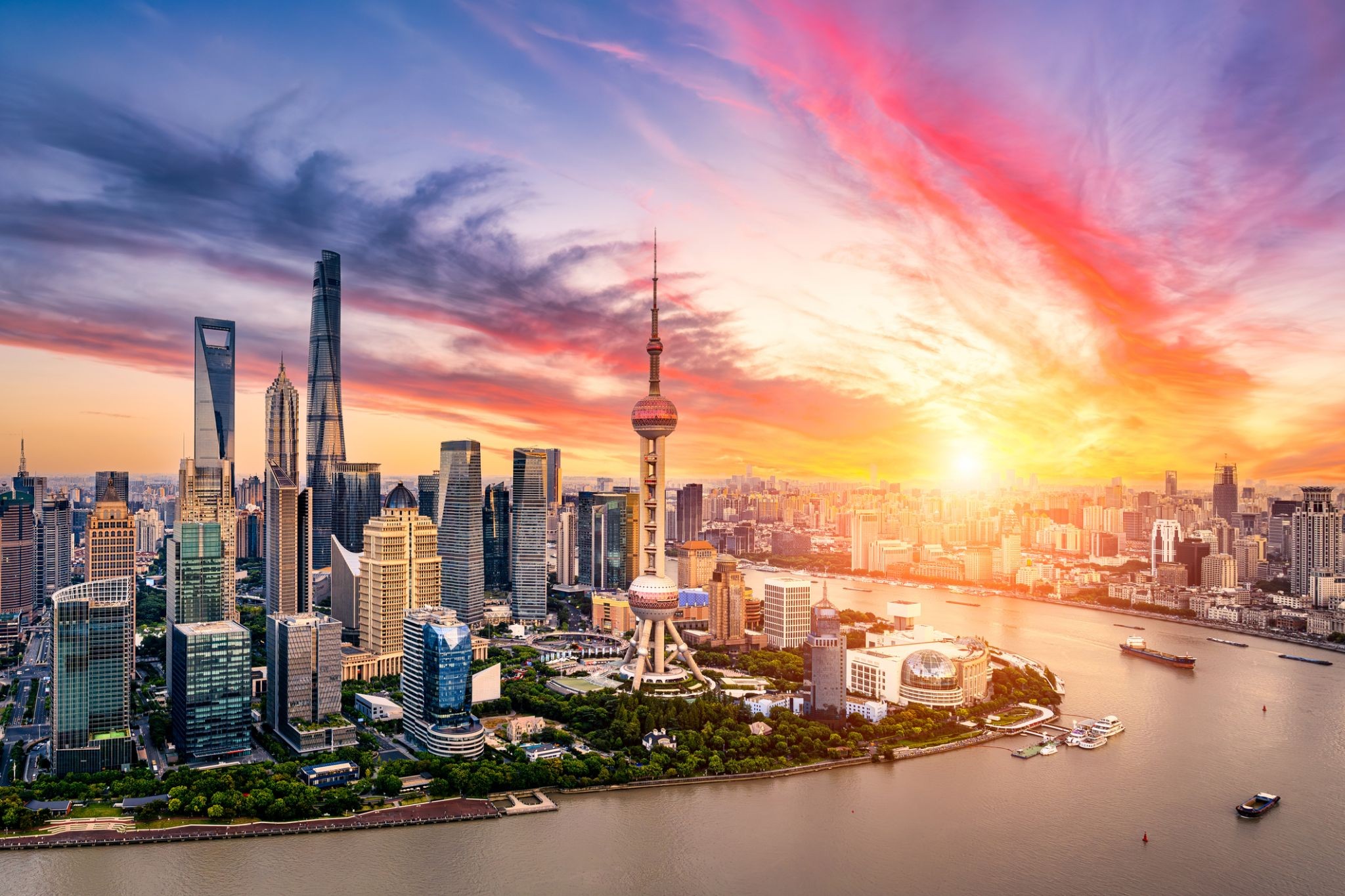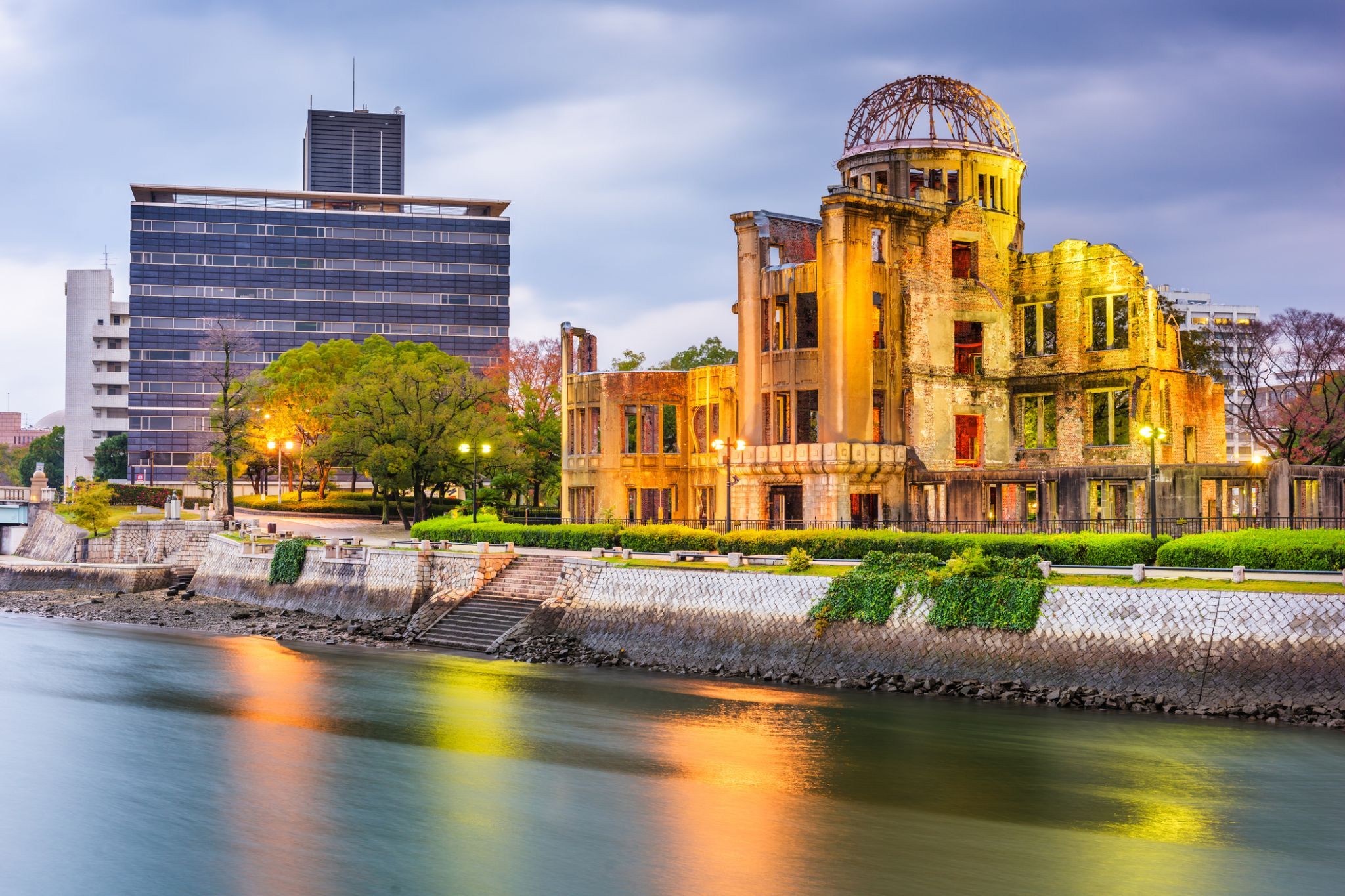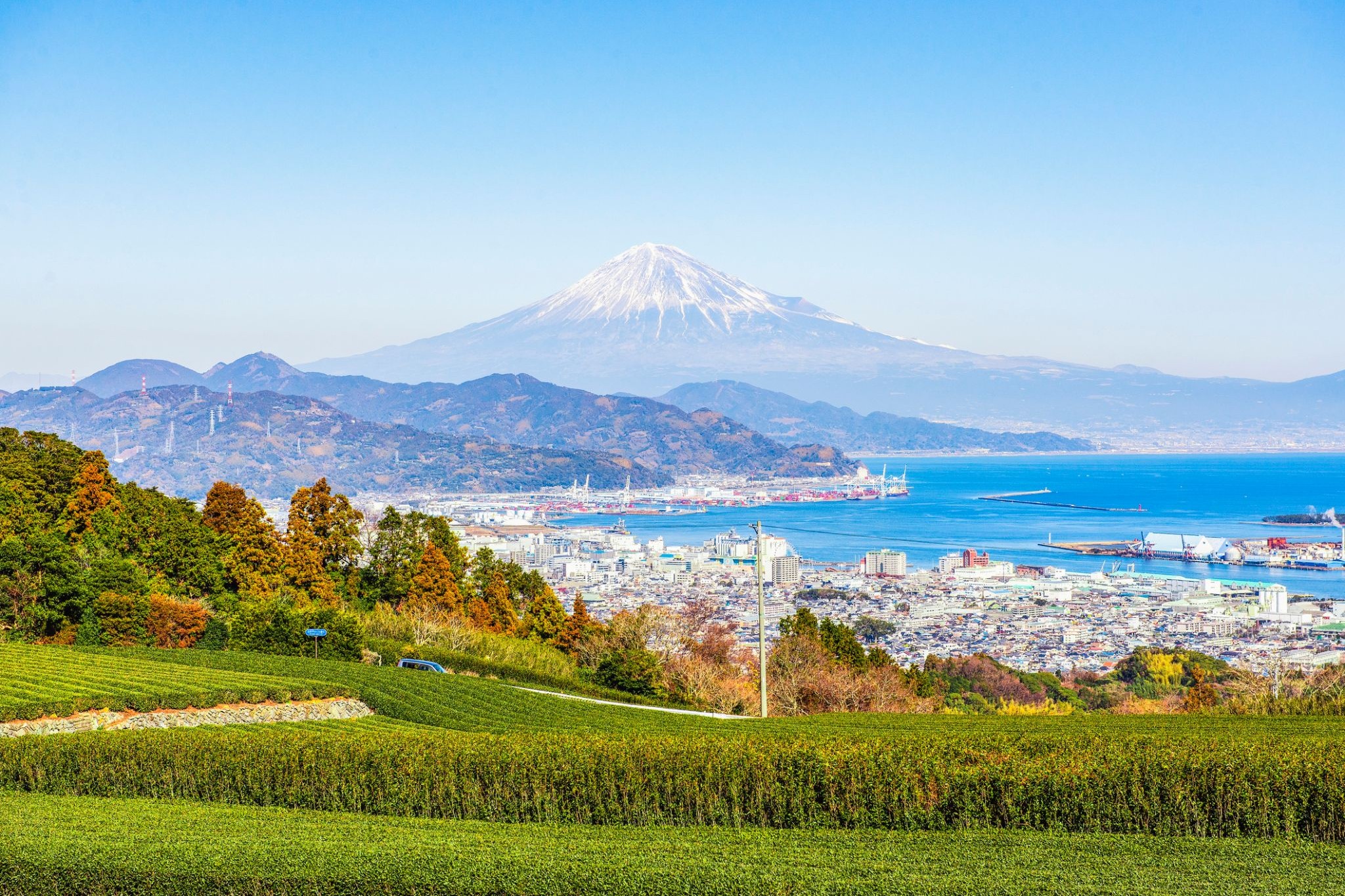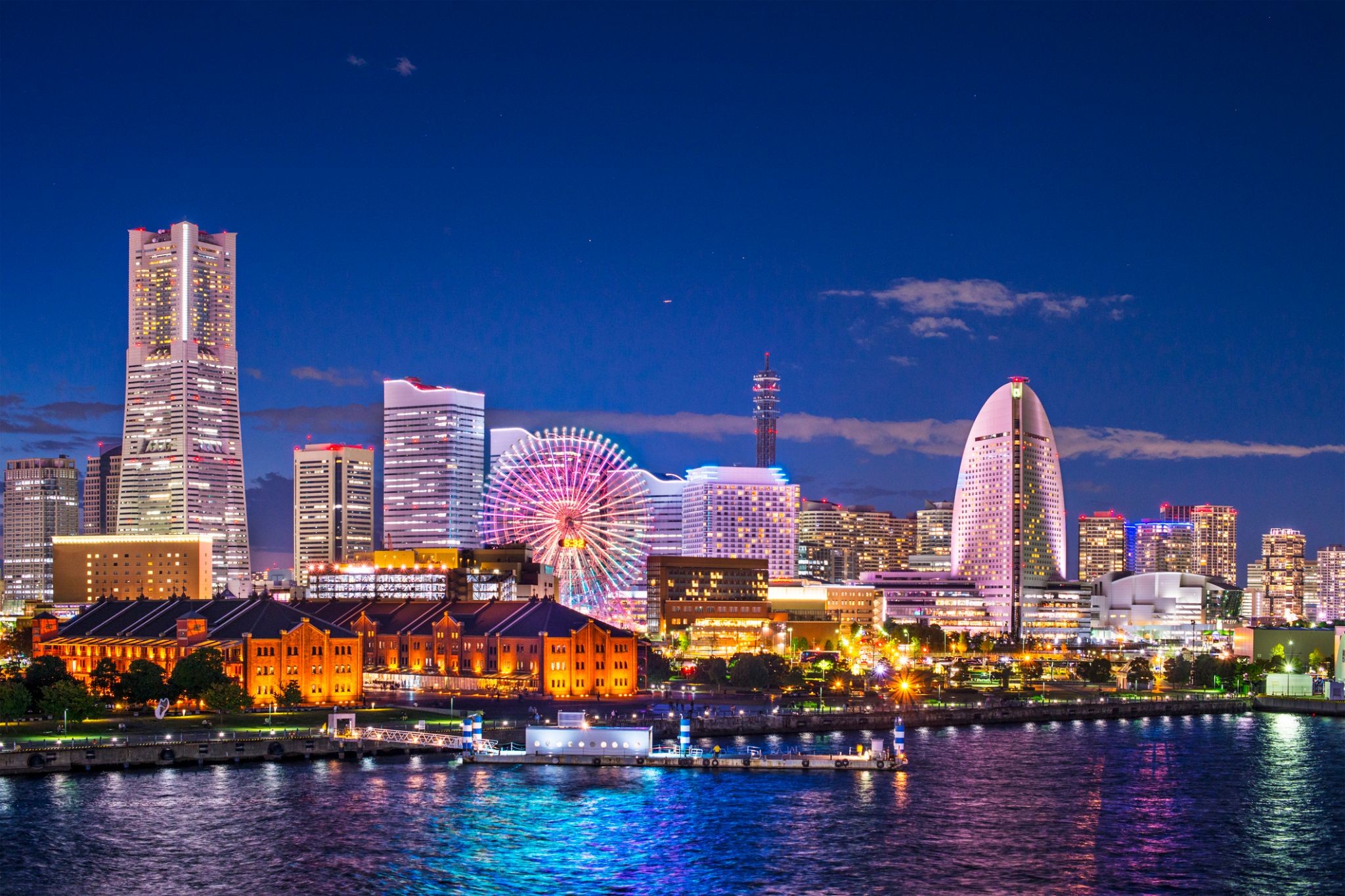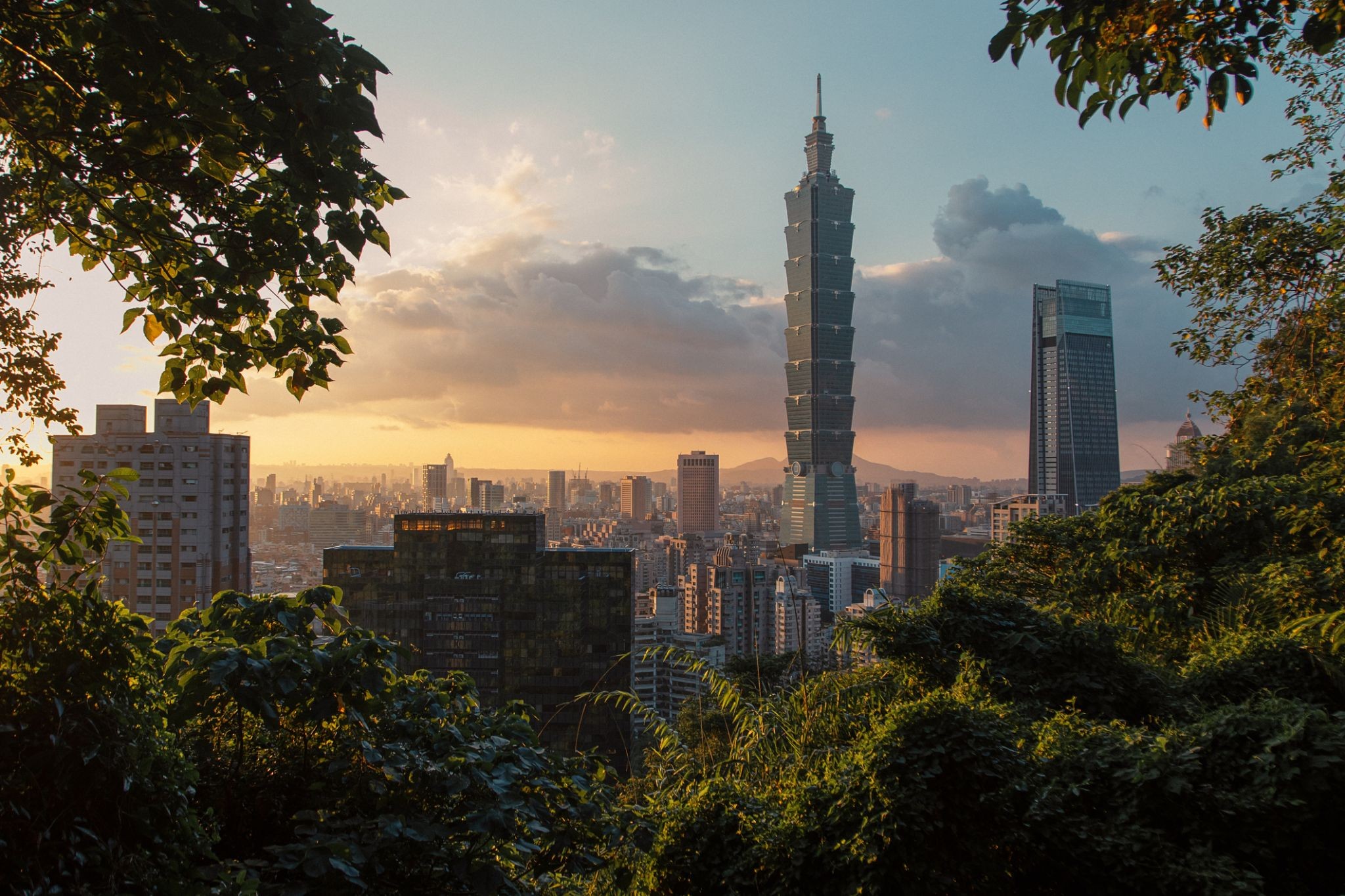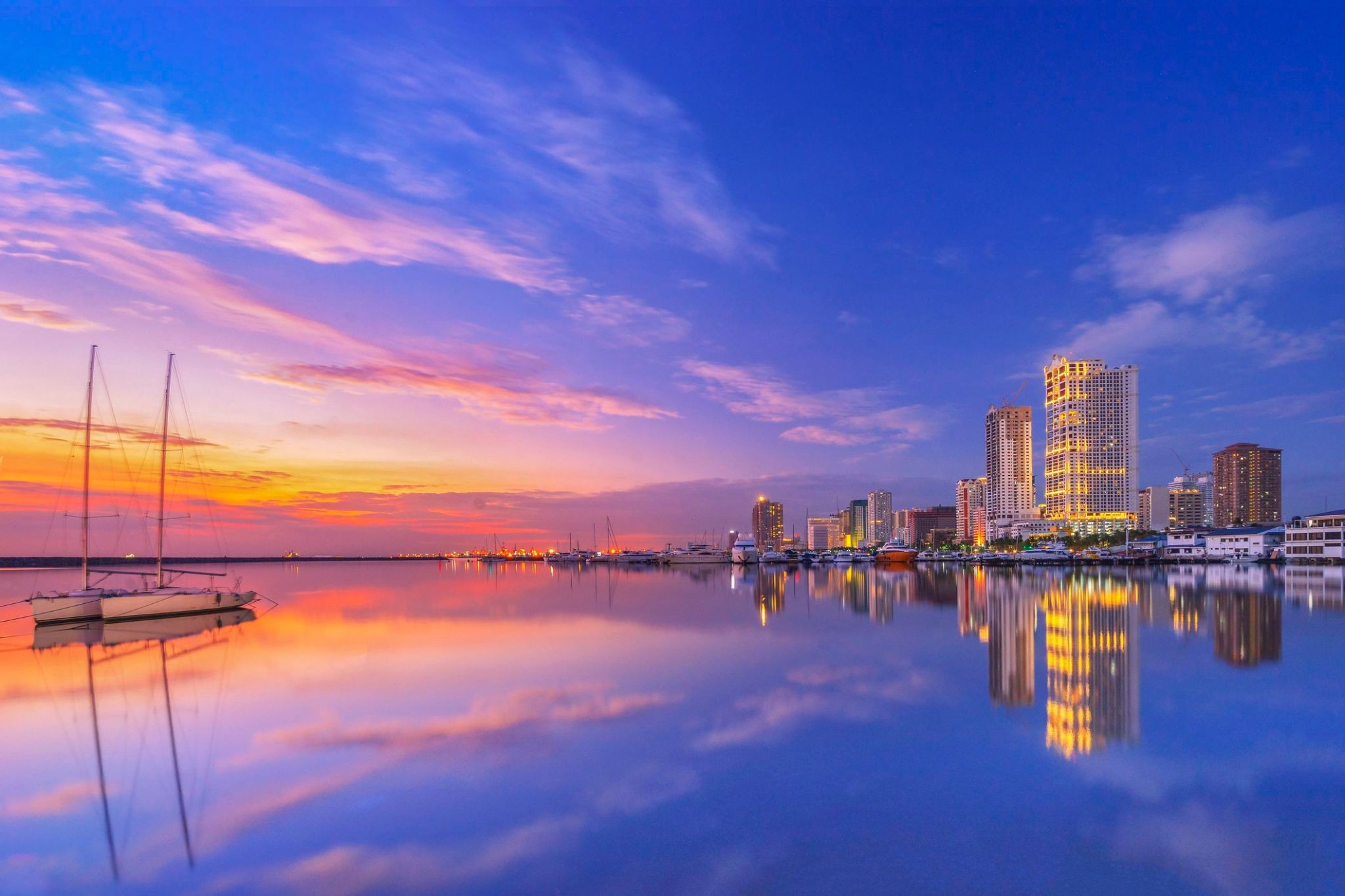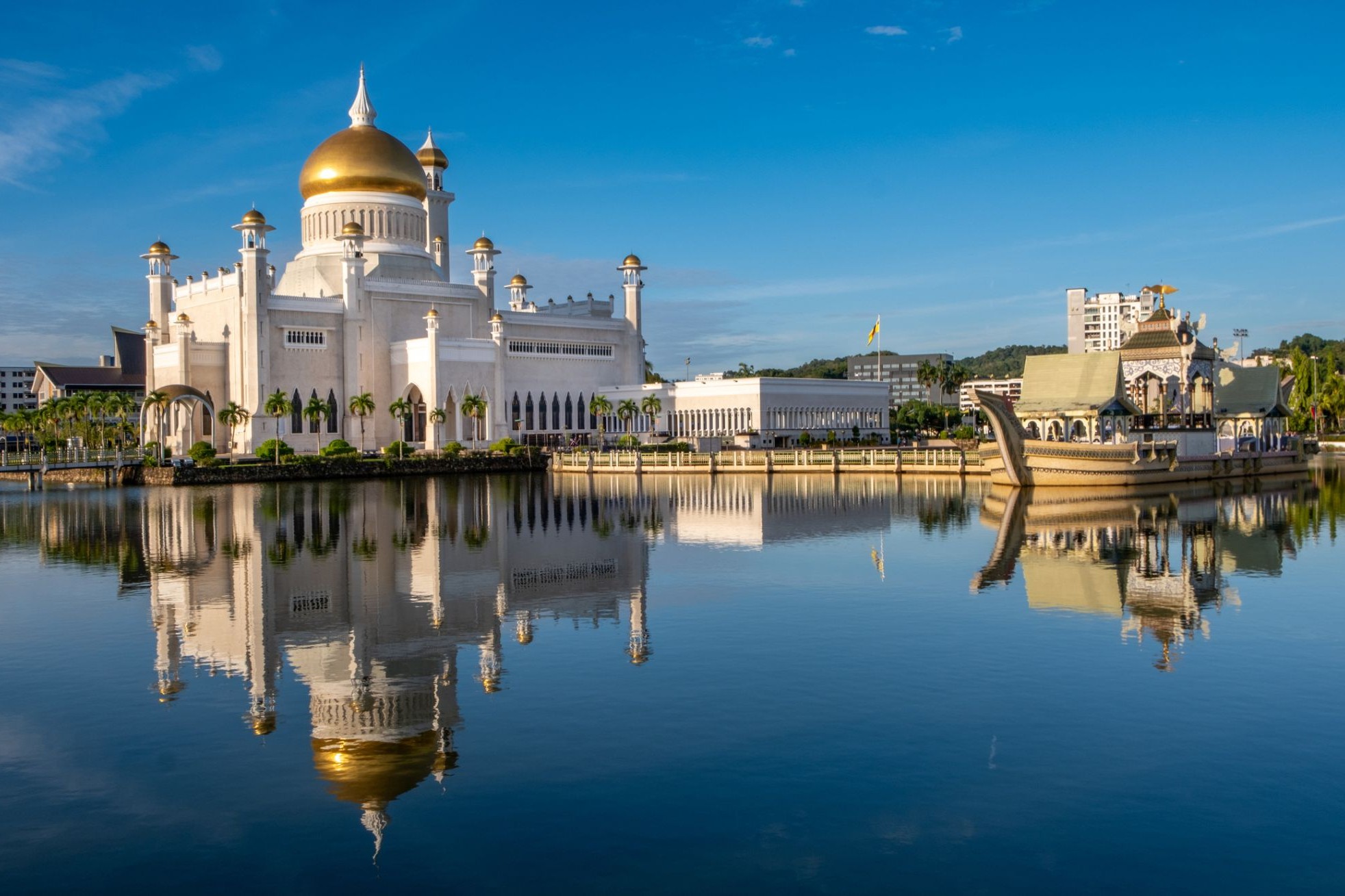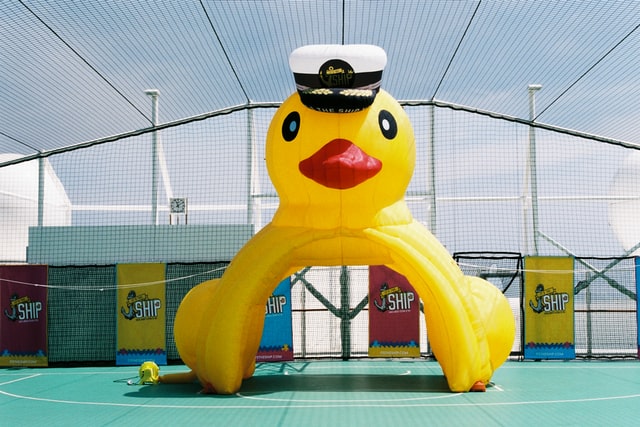
Rejs 30 941 643
Tradycje australijskie i wschodnie
| Region rejsu : Rejsy po Pacyfiku, Oceania, Australia / Nowa Zelandia |
| Firma : Oceania Cruises |
| Statek : VISTA |
| Data rozpoczęcia : pt. 26 lut 2027 |
| Data zakończenia : pon. 26 kwi 2027 |
| Liczba nocy : 59 nocy |
Harmonogram
| Dzień | Data | Port | Wypłynięcie | Odpłynięcie |
|---|---|---|---|---|
| 1 | 26.02 pt. | Sydnej / Australia | 07:00 | 22:00 |
| 2 | 27.02 sob. | Dzień na morzu / Morze | ||
| 3 | 28.02 niedz. | Mooloolaba / Australia | 08:00 | 17:00 |
| 4 | 1.03 pon. | Dzień na morzu / Morze | ||
| 5 | 2.03 wt. | WYSPA WHITSUNDAY | 08:00 | 17:00 |
| 6 | 3.03 śr. | Cairns / Australia | 11:00 | |
| 7 | 4.03 czw. | Cairns / Australia | 18:00 | |
| 8 | 5.03 pt. | Dzień na morzu / Morze | ||
| 9 | 6.03 sob. | Dzień na morzu / Morze | ||
| 10 | 7.03 niedz. | Darwin / Australia | 20:00 | |
| 11 | 8.03 pon. | Darwin / Australia | 16:00 | |
| 12 | 9.03 wt. | Dzień na morzu / Morze | ||
| 13 | 10.03 śr. | Dzień na morzu / Morze | ||
| 14 | 11.03 czw. | Komoda / Indonezja | 08:00 | 16:00 |
| 15 | 12.03 pt. | Praia / Cape Verde | 10:00 | 18:00 |
| 16 | 13.03 sob. | Tanjung Benoit / Indonezja | 07:00 | 19:00 |
| 17 | 14.03 niedz. | Dzień na morzu / Morze | ||
| 18 | 15.03 pon. | Semarang / Indonezja | 07:00 | 18:00 |
| 19 | 16.03 wt. | Djakarta / Indonezja | 10:00 | 18:00 |
| 20 | 17.03 śr. | Dzień na morzu / Morze | ||
| 21 | 18.03 czw. | Singapur / Singapur | 07:00 | 17:00 |
| 22 | 19.03 pt. | Dzień na morzu / Morze | ||
| 23 | 20.03 sob. | Wyspa Samui / Koh Samui / Thailand | 07:00 | 16:00 |
| 24 | 21.03 niedz. | Bangkok / Thailand | 07:00 | |
| 25 | 22.03 pon. | Bangkok / Thailand | ||
| 26 | 23.03 wt. | Dzień na morzu / Morze | ||
| 27 | 24.03 śr. | Ho Chi Minh / Vietnam | 09:00 | 18:00 |
| 28 | 25.03 czw. | Dzień na morzu / Morze | ||
| 29 | 26.03 pt. | Da Nang / Vietnam | 07:00 | 16:00 |
| 30 | 27.03 sob. | Hanoi / Vietnam | 10:00 | 20:00 |
| 31 | 28.03 niedz. | Dzień na morzu / Morze | ||
| 32 | 29.03 pon. | Limbe / Cameroon | 06:00 | 18:00 |
| 33 | 30.03 wt. | Dzień na morzu / Morze | ||
| 34 | 31.03 śr. | Dzień na morzu / Morze | ||
| 35 | 1.04 czw. | Szanghaj / Chiny | 08:00 | |
| 36 | 2.04 pt. | Szanghaj / Chiny | 17:00 | |
| 37 | 3.04 sob. | Dzień na morzu / Morze | ||
| 38 | 4.04 niedz. | Seul / Korea | 08:00 | 17:00 |
| 39 | 5.04 pon. | Dzień na morzu / Morze | ||
| 40 | 6.04 wt. | Nagasaki / Japonia | 07:00 | 16:00 |
| 41 | 7.04 śr. | Hiroszima / Japonia | 11:00 | 19:00 |
| 42 | 8.04 czw. | Kochi / Indie | 10:00 | 18:00 |
| 43 | 9.04 pt. | Kioto | 07:00 | 18:00 |
| 44 | 10.04 sob. | Shimizu / Japonia | 12:00 | 20:00 |
| 45 | 11.04 niedz. | Yokohama (Tokio) / Japonia | 07:00 | |
| 46 | 12.04 pon. | Yokohama (Tokio) / Japonia | 17:00 | |
| 47 | 13.04 wt. | Dzień na morzu / Morze | ||
| 48 | 14.04 śr. | Dzień na morzu / Morze | ||
| 49 | 15.04 czw. | Miyakojima Okinawa | 08:00 | 17:00 |
| 50 | 16.04 pt. | Tajpej / Taiwan | 08:00 | 17:00 |
| 51 | 17.04 sob. | Kaohsiung / Taiwan | 09:00 | 18:00 |
| 52 | 18.04 niedz. | Dzień na morzu / Morze | ||
| 53 | 19.04 pon. | Manila / Philippine Islands | 08:00 | 16:00 |
| 54 | 20.04 wt. | Coron Island / Philippine Islands | 08:00 | 17:00 |
| 55 | 21.04 śr. | Puerto Princesa / Philippine Islands | 08:00 | 17:00 |
| 56 | 22.04 czw. | Dzień na morzu / Morze | ||
| 57 | 23.04 pt. | Bandar-Seri-Begawan / Brunei | 07:00 | 16:00 |
| 58 | 24.04 sob. | Dzień na morzu / Morze | ||
| 59 | 25.04 niedz. | Singapur / Singapur | 13:00 | |
| 60 | 26.04 pon. | Singapur / Singapur | 17:00 |
-
 Dzień 1: 07:00-22:00
Dzień 1: 07:00-22:00Sydnej / Australia
Sydney is the state capital of New South Wales and the most populous city in Australiaand Oceania. Located on Australia's east coast, the metropolis surrounds Port Jackson and extends about 70 km (43.5 mi) on its periphery towards the Blue Mountains to the west, Hawkesbury to the north, and Macarthur to the south. Sydney is made up of 658 suburbs, 40 local government areas and 15 contiguous regions. Residents of the city are known as "Sydneysiders". As of June 2017, Sydney's estimated metropolitan population was 5,131,326, and is home to approximately 65% of the state's population.
-
 Dzień 2:
Dzień 2:Dzień na morzu / Morze
-
 Dzień 3: 08:00-17:00
Dzień 3: 08:00-17:00Mooloolaba / Australia
Mooloolaba to malownicze nadmorskie miasto na Wybrzeżu Słońca w Queensland, Australia, znane z doskonałych warunków do wypoczynku na plaży i uprawiania sportów wodnych. Miasto słynie z jednego z najpopularniejszych plaż w regionie, przyciągając turystów czystym piaskiem, spokojnymi wodami oraz doskonałymi warunkami do surfingu, pływania i wędkarstwa. Mooloolaba jest także znana z pięknej promenady z kawiarniami, restauracjami i sklepami, gdzie można skosztować lokalnej kuchni i kupić pamiątki.
Oprócz plaż, Mooloolaba oferuje różnorodne atrakcje przyrodnicze. W okolicach miasta znajduje się Park Narodowy Mooloolaba oraz centrum morskie, gdzie można poznać lokalną florę i faunę, w tym delfiny i żółwie morskie. Dla tych, którzy szukają spokoju i chcą odkrywać unikalne ekosystemy, dostępne są wyspy takie jak Moreton Island. Mooloolaba to idealne miejsce dla aktywnego wypoczynku na świeżym powietrzu oraz dla relaksu nad morzem.
-
 Dzień 4:
Dzień 4:Dzień na morzu / Morze
-
 Dzień 5: 08:00-17:00
Dzień 5: 08:00-17:00WYSPA WHITSUNDAY
-
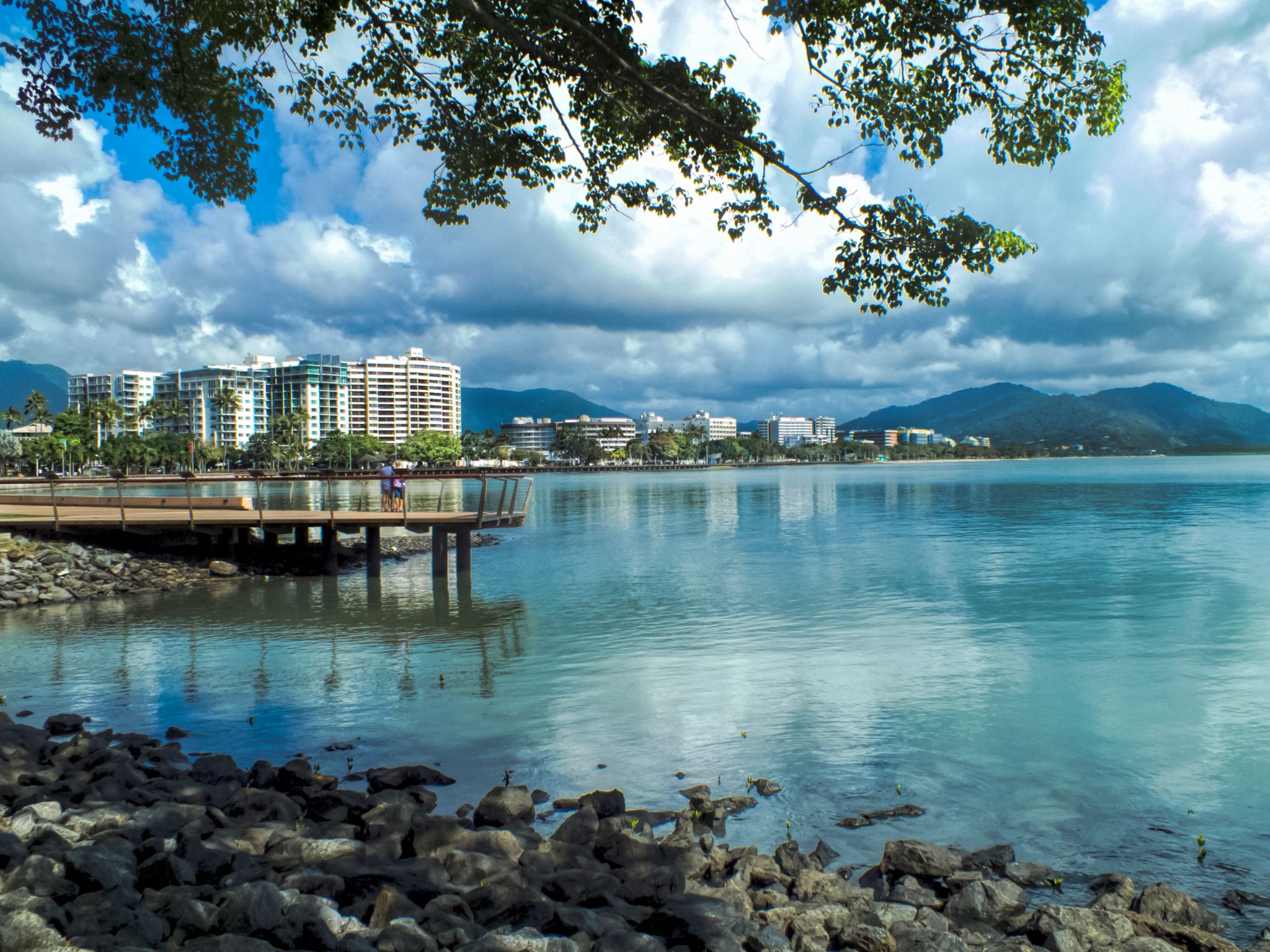 Dzień 6: 11:00
Dzień 6: 11:00Cairns / Australia
Cairns City is the suburb at the centre of Cairns in the local government area of Cairns Region, Queensland, Australia.It can also be referred to as the Cairns Central Business District (CBD). In the 2011 census, the population of Cairns City was 2,737 people.
-
 Dzień 7: 18:00
Dzień 7: 18:00Cairns / Australia
Cairns City is the suburb at the centre of Cairns in the local government area of Cairns Region, Queensland, Australia.It can also be referred to as the Cairns Central Business District (CBD). In the 2011 census, the population of Cairns City was 2,737 people.
-
 Dzień 8:
Dzień 8:Dzień na morzu / Morze
-
 Dzień 9:
Dzień 9:Dzień na morzu / Morze
-
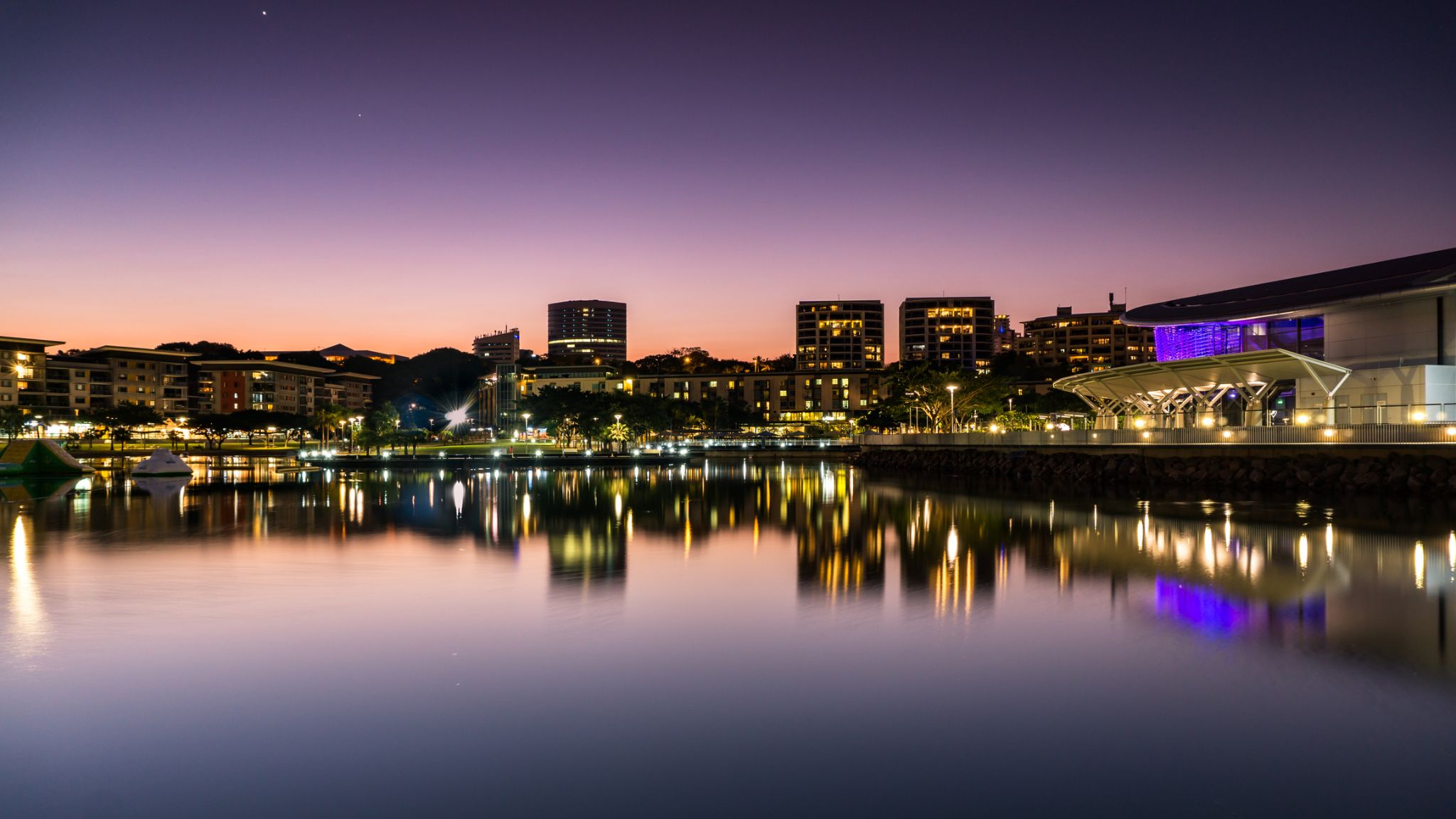 Dzień 10: 20:00
Dzień 10: 20:00Darwin / Australia
Darwin is the capital city of the Northern Territory of Australia, situated on the Timor Sea. It is the largest city in the sparsely populated Northern Territory, with a population of 145,916. It is the smallest and most northerly of the Australian capital cities, and acts as the Top End's regional centre.
-
 Dzień 11: 16:00
Dzień 11: 16:00Darwin / Australia
Darwin is the capital city of the Northern Territory of Australia, situated on the Timor Sea. It is the largest city in the sparsely populated Northern Territory, with a population of 145,916. It is the smallest and most northerly of the Australian capital cities, and acts as the Top End's regional centre.
-
 Dzień 12:
Dzień 12:Dzień na morzu / Morze
-
 Dzień 13:
Dzień 13:Dzień na morzu / Morze
-
 Dzień 14: 08:00-16:00
Dzień 14: 08:00-16:00Komoda / Indonezja
Komodo is one of the 17,508 islands that comprise the Republic of Indonesia. The island is particularly notable as the habitat of the Komodo dragon, the largest lizard on Earth, which is named after the island. Komodo Island has a surface area of 390 square kilometres and a human population of over two thousand. The people of the island are descendants of former convicts who were exiled to the island and who have mixed with Bugis from Sulawesi. The people are primarily adherents of Islam but there are also Christian and Hindu congregations.
Komodo is part of the Lesser Sunda chain of islands and forms part of the Komodo National Park. In addition, the island is a popular destination for diving. Administratively, it is part of the East Nusa Tenggara province.
-
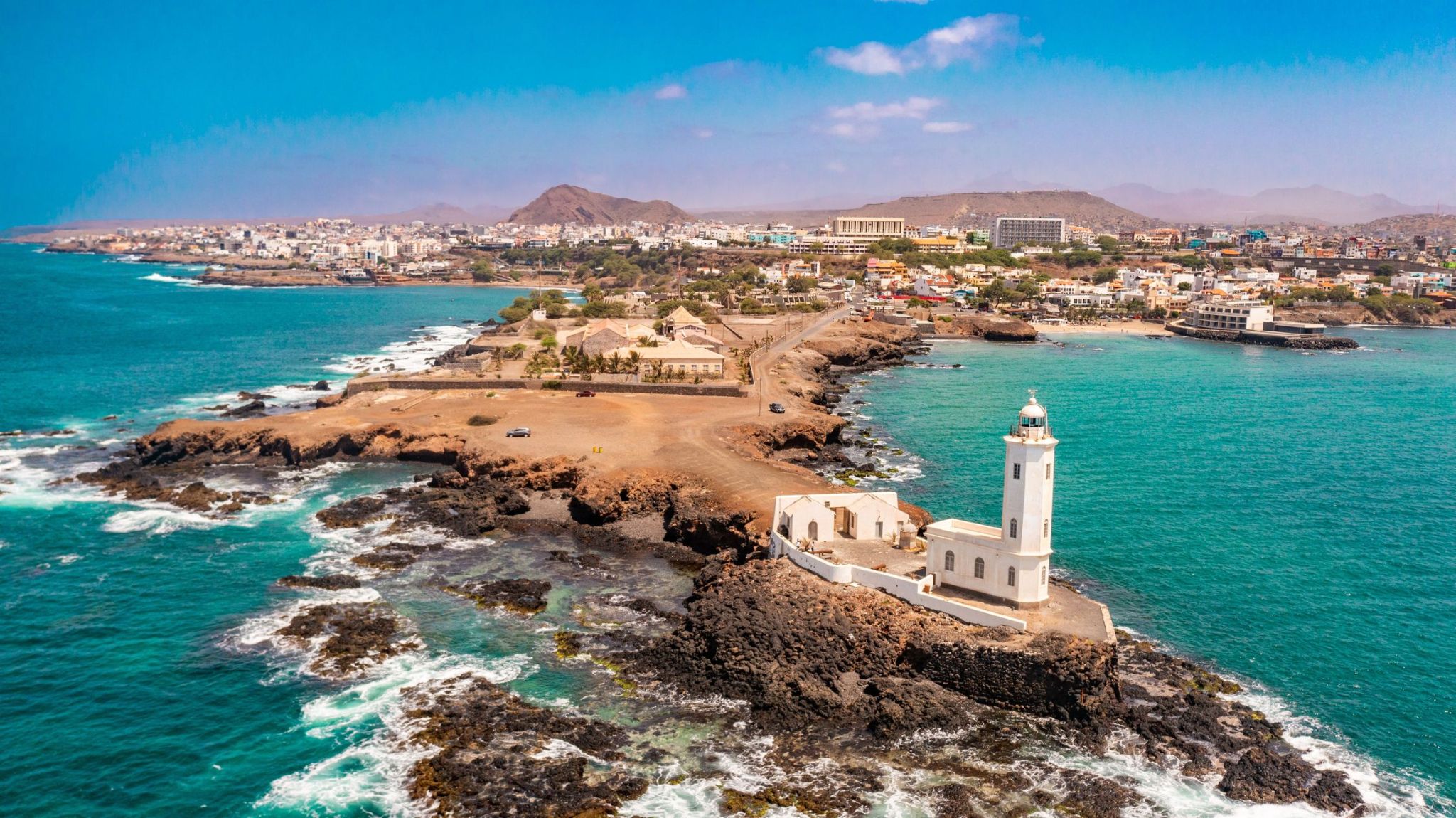 Dzień 15: 10:00-18:00
Dzień 15: 10:00-18:00Praia / Cape Verde
Obmywane wodami Oceanu Atlantyckiego, Praia to słoneczne serce Republiki Zielonego Przylądka, gdzie afrykańska energia łączy się z portugalskim urokiem. To nadmorskie miasto na wyspie Santiago oferuje podróżnym spokojną atmosferę, kolorowe targowiska oraz zabytkową dzielnicę Plateau z kolonialną architekturą i panoramicznymi widokami. Spacer jego urokliwymi uliczkami pozwala odkryć rytmy kreolskiej kultury i ślady portugalskiego dziedzictwa. Praia to nie tylko stolica, ale też idealny punkt wyjścia do odkrywania fascynującego archipelagu. Można tu spróbować dań z owocami morza przy dźwiękach muzyki morna na żywo, odwiedzić muzea poświęcone historii Zielonego Przylądka lub wybrać się na wędrówkę po zielonych wzgórzach wyspy. Przytulna i autentyczna, Praia zachwyca tych, którzy pragną nie tylko wypoczynku na plaży, ale też kontaktu z kulturą z duszą. -
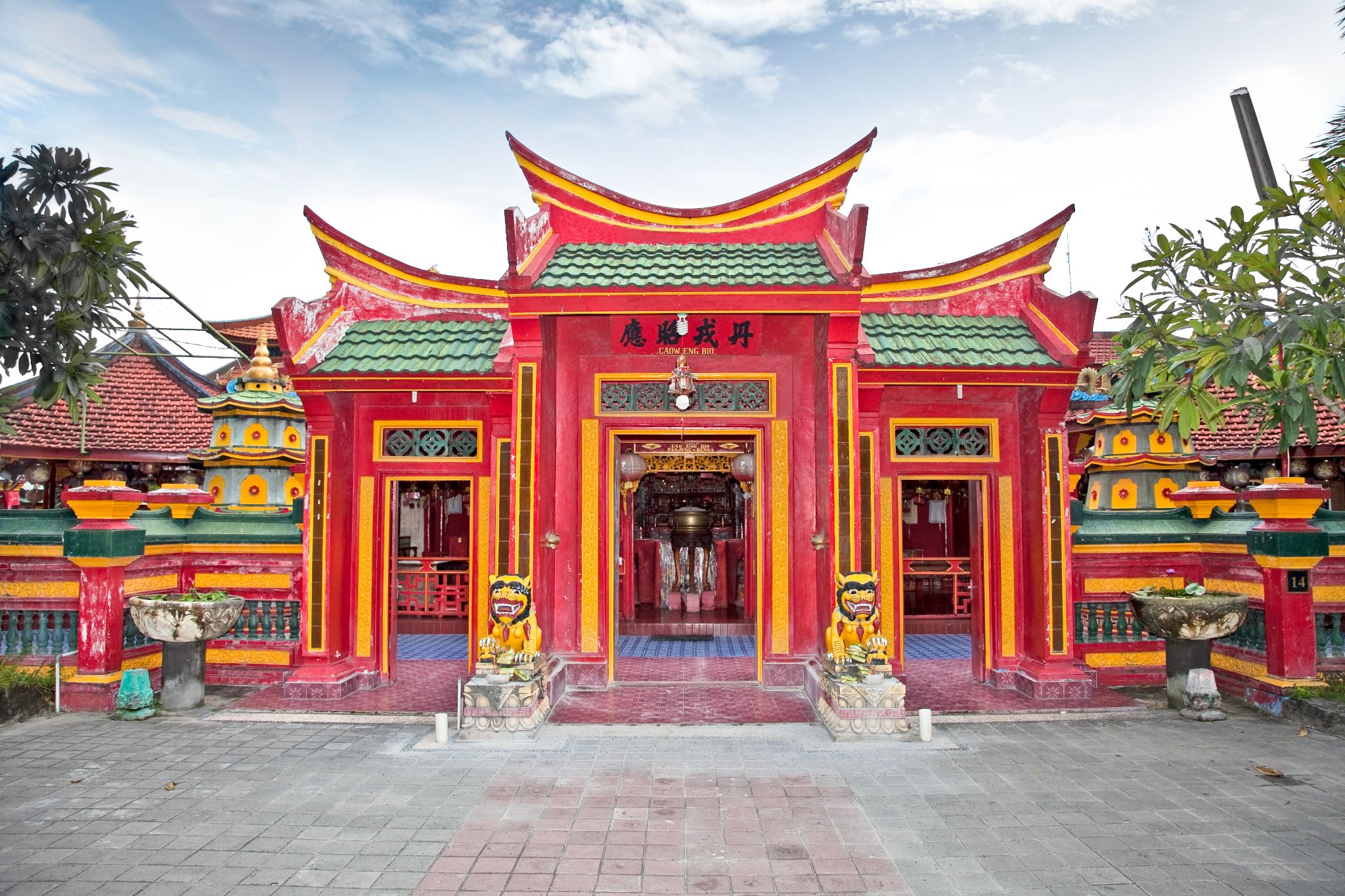 Dzień 16: 07:00-19:00
Dzień 16: 07:00-19:00Tanjung Benoit / Indonezja
-
 Dzień 17:
Dzień 17:Dzień na morzu / Morze
-
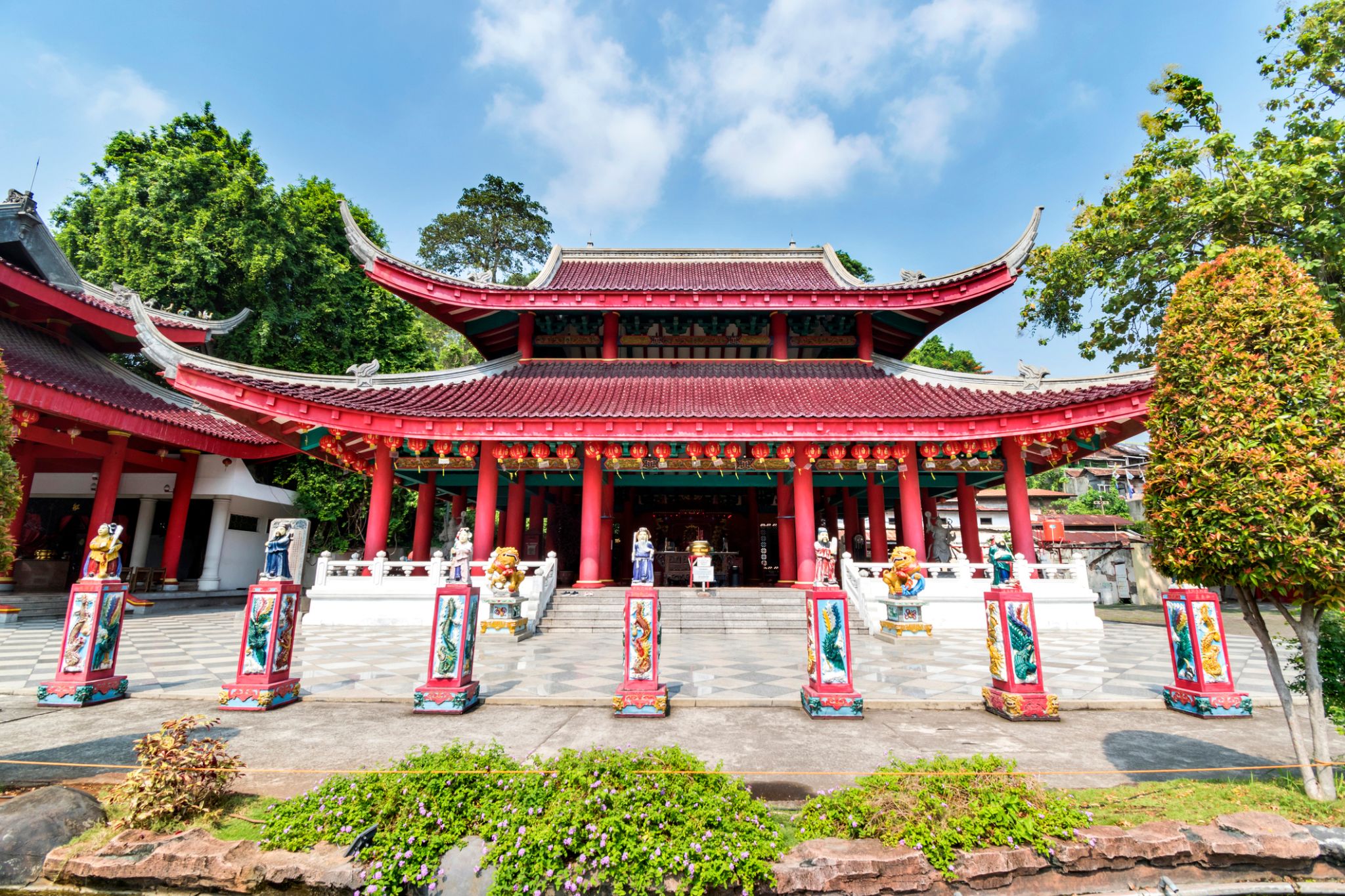 Dzień 18: 07:00-18:00
Dzień 18: 07:00-18:00Semarang / Indonezja
Semarang is the capital and largest city of Central Java province in Indonesia. It has an area of 373.78 square kilometres (144.32 sq mi) and a population of approximately 1.8 million people, making it Indonesia's seventh most populous city after Jakarta, Surabaya, Bandung, Bekasi, Medan, and Tangerang. The built-up (metro) area had 3,183,516 inhabitants at the 2010 census spread on 2 cities and 26 districts. Greater Semarang (a.k.a. Kedungsapur) has a population of close to 6 million (see Greater Semarang section), and is located at 6°58′S 110°25′E. A major port during the Dutch colonial era, and still an important regional center and port today, the city has a dominant Javanese population.
-
 Dzień 19: 10:00-18:00
Dzień 19: 10:00-18:00Djakarta / Indonezja
Jakarta is the capital and largest city of Indonesia. Located on the northwest coast of the world's most populous island Java, it is the centre of economics, culture and politics of Indonesia, with a population of 10,075,310 as of 2014. Jakarta metropolitan area has an area of 6,392 square kilometers, which is known as Jabodetabek (an acronym of Jakarta, Bogor, Depok, Tangerang and Bekasi). It is the world's second largest urban agglomeration (after Tokyo) with a population of 30,214,303 as of 2010. Jakarta is predicted to reach 35.6 million people by 2030 to become the world's biggest megacity. Jakarta's business opportunities, as well as its potential to offer a higher standard of living, attract migrants from across the Indonesian archipelago, combining many communities and cultures.
-
 Dzień 20:
Dzień 20:Dzień na morzu / Morze
-
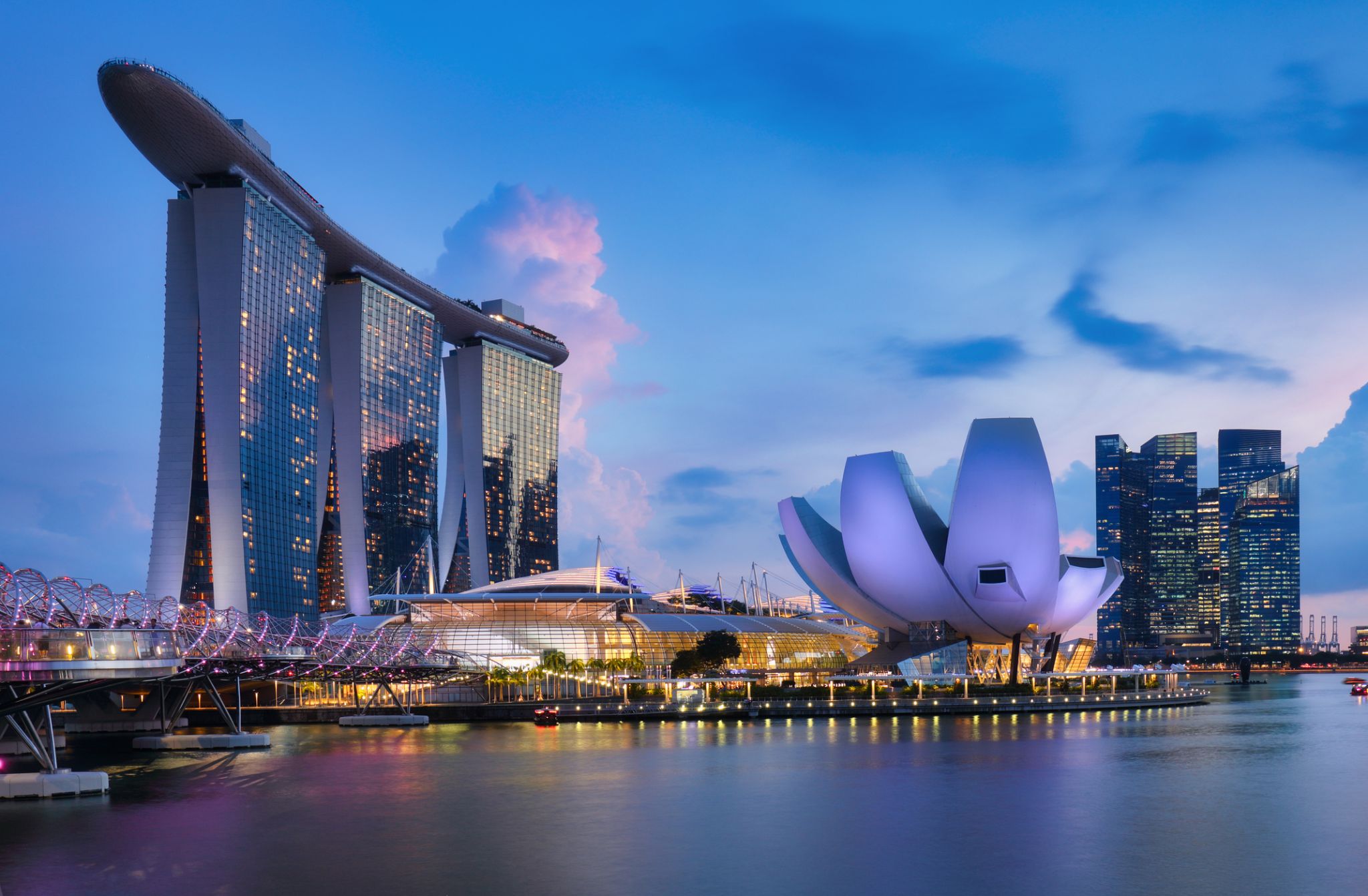 Dzień 21: 07:00-17:00
Dzień 21: 07:00-17:00Singapur / Singapur
-
 Dzień 22:
Dzień 22:Dzień na morzu / Morze
-
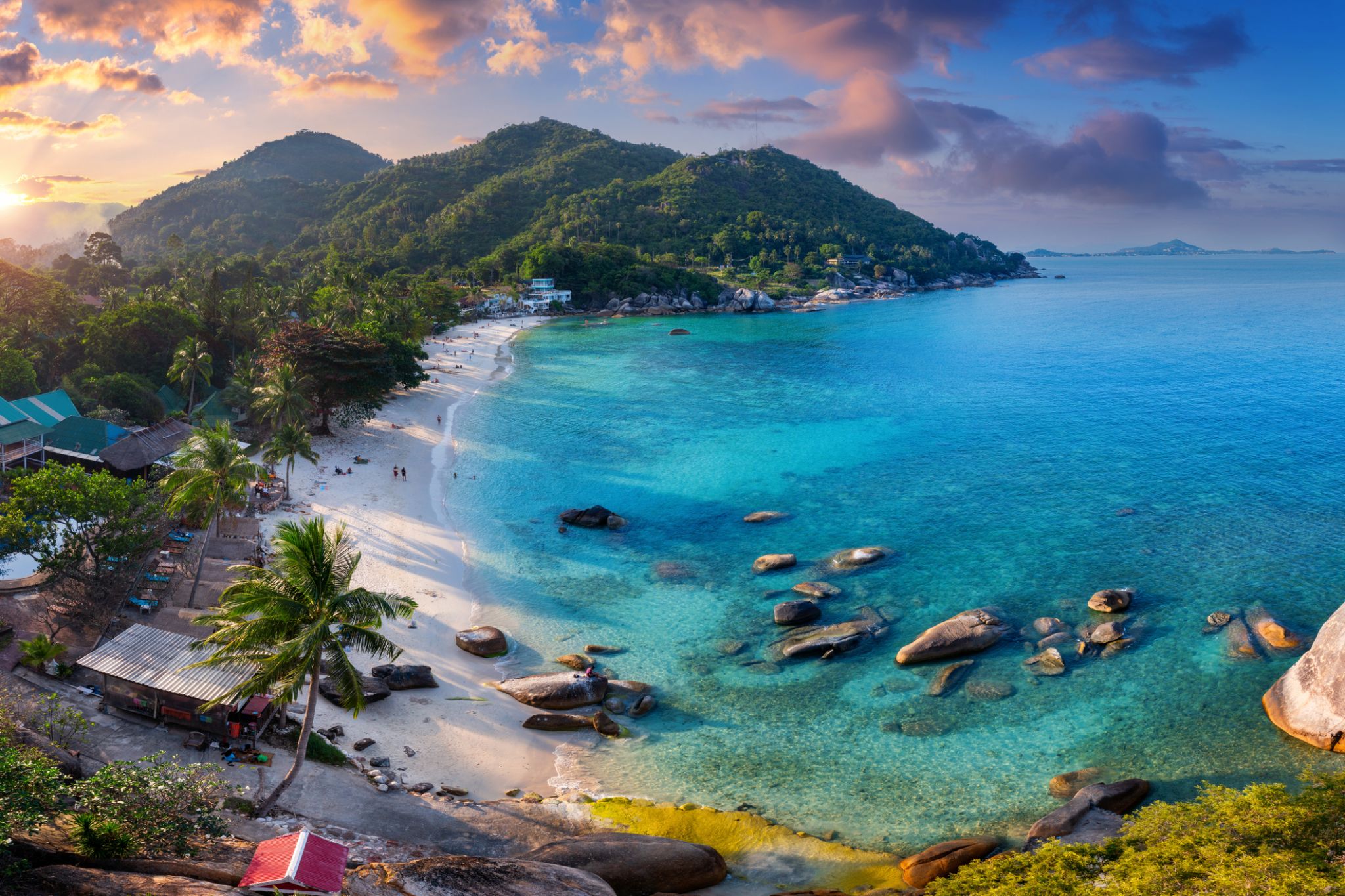 Dzień 23: 07:00-16:00
Dzień 23: 07:00-16:00Wyspa Samui / Koh Samui / Thailand
Wśród tropikalnych wysp Tajlandii Koh Samui wyróżnia się swoją unikalną naturą i atmosferą. Ta wyspa przyciąga podróżnych z całego świata swoimi białymi, piaszczystymi plażami, malowniczymi wodospadami i gęstymi dżunglami. To idealne miejsce na relaks, niezależnie od tego, czy chodzi o sport wodny, odkrywanie natury, czy po prostu cieszenie się ciszą i pięknem.
Dodatkowo, Koh Samui jest znana ze swojego dziedzictwa kulturowego, w tym wielu buddyjskich świątyń i sanktuariów. Jedną z najbardziej znanych jest Świątynia Wielkiego Buddy, która jest nie tylko centrum religijnym, ale także jedną z głównych atrakcji wyspy. Lokalne jedzenie, w tym świeże owoce morza i egzotyczne owoce, sprawi, że podróż będzie jeszcze bardziej ekscytująca i smaczna.
-
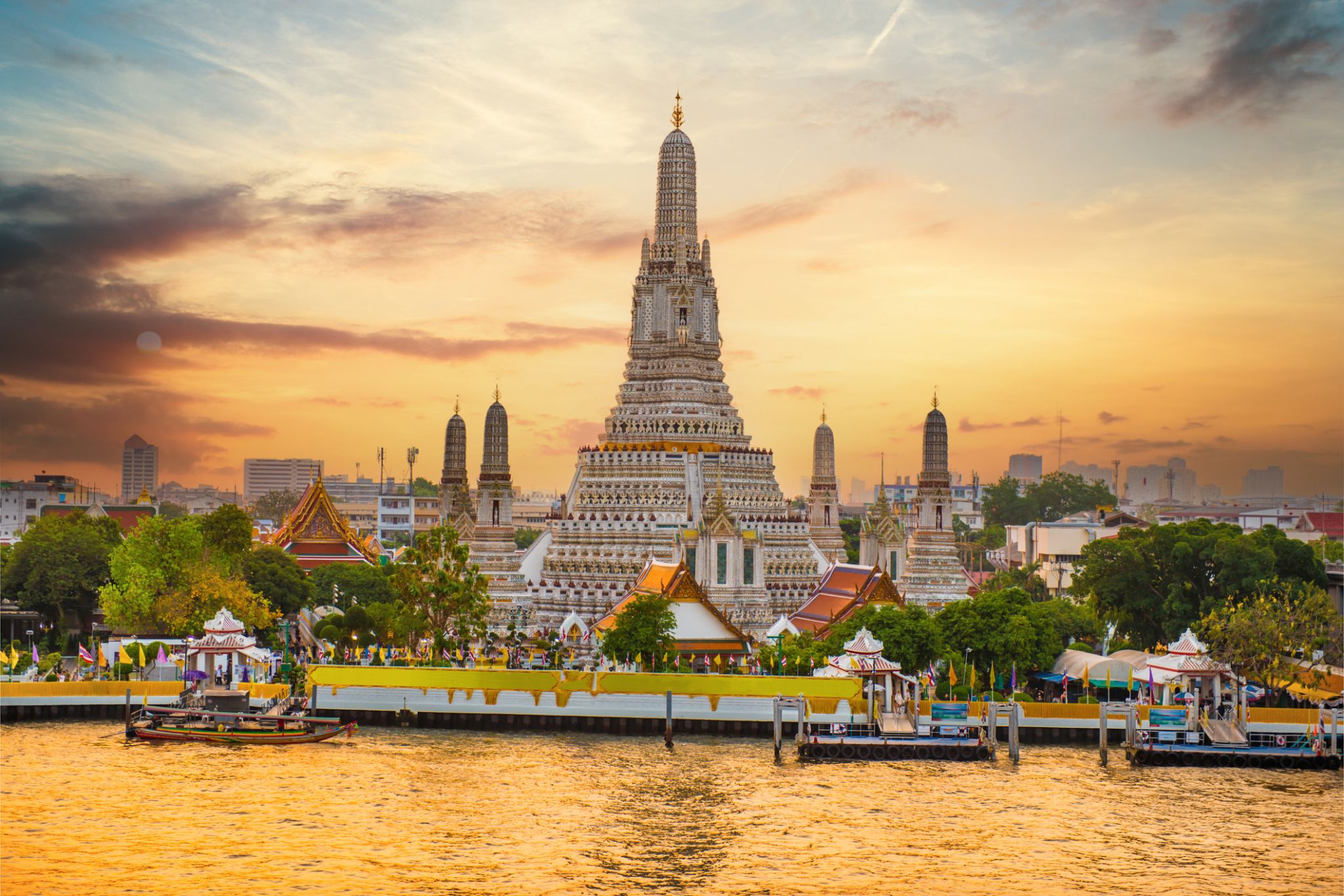 Dzień 24: 07:00
Dzień 24: 07:00Bangkok / Thailand
Bangkok is the capital and most populous city of Thailand. It is known in Thai as Krung Thep Maha Nakhon or simply Krung Thep. The city occupies 1,568.7 square kilometres (605.7 sq mi) in the Chao Phraya River delta in central Thailand, and has a population of over eight million, or 12.6 percent of the country's population. Over fourteen million people (22.2 percent) lived within the surrounding Bangkok Metropolitan Region at the 2010 census, making Bangkok the nation's primate city, significantly dwarfing Thailand's other urban centres in terms of importance.
-
 Dzień 25: 00:00
Dzień 25: 00:00Bangkok / Thailand
Bangkok is the capital and most populous city of Thailand. It is known in Thai as Krung Thep Maha Nakhon or simply Krung Thep. The city occupies 1,568.7 square kilometres (605.7 sq mi) in the Chao Phraya River delta in central Thailand, and has a population of over eight million, or 12.6 percent of the country's population. Over fourteen million people (22.2 percent) lived within the surrounding Bangkok Metropolitan Region at the 2010 census, making Bangkok the nation's primate city, significantly dwarfing Thailand's other urban centres in terms of importance.
-
 Dzień 26:
Dzień 26:Dzień na morzu / Morze
-
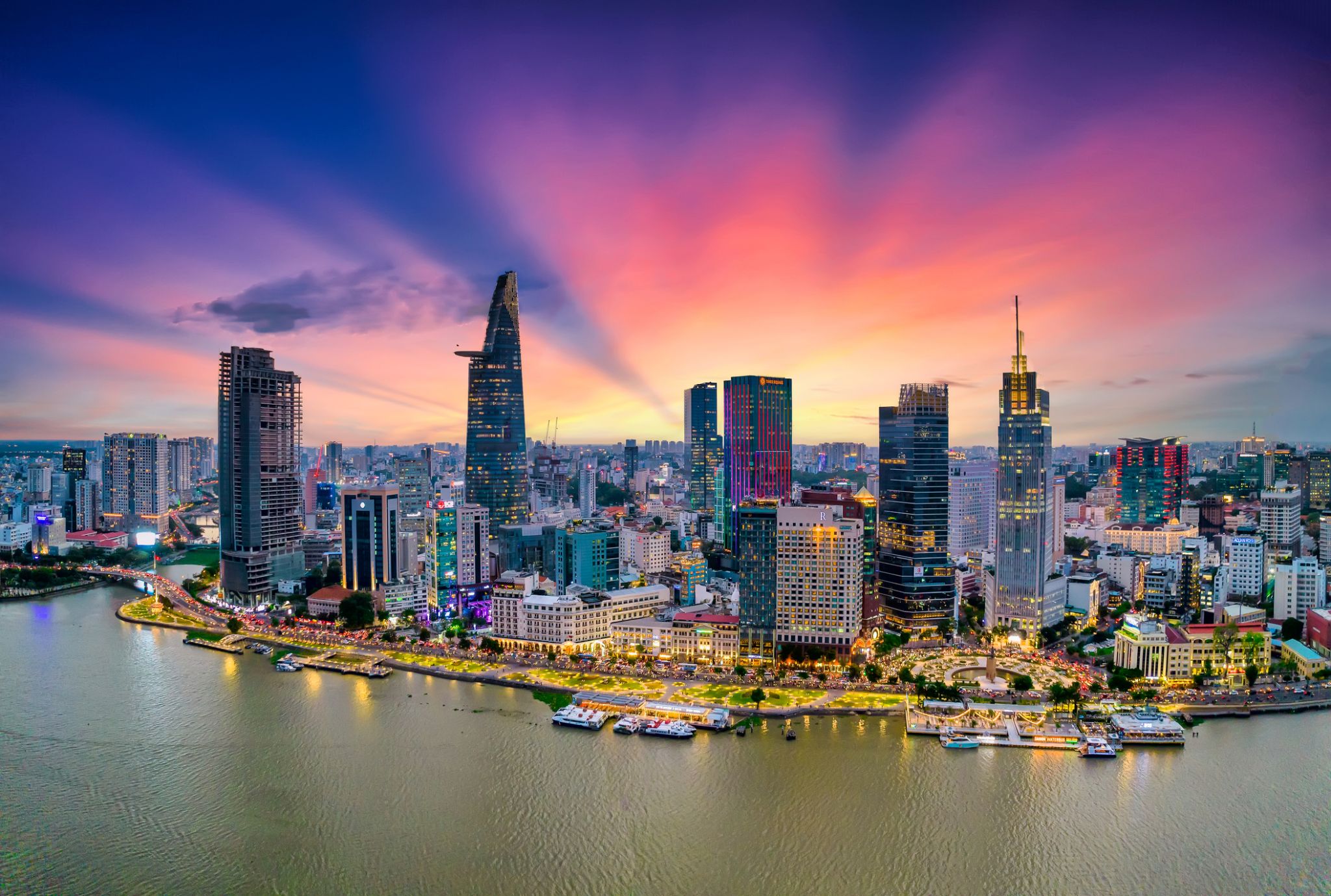 Dzień 27: 09:00-18:00
Dzień 27: 09:00-18:00Ho Chi Minh / Vietnam
Ho Chi Minh, znane również pod swoją dawną nazwą Sajgon, jest najludniejszym miastem Wietnamu z populacją 8,4 miliona (13 milionów w obszarze metropolitalnym) według stanu na 2017 rok. Położona w południowo-wschodnim Wietnamie metropolia otacza rzekę Sajgon i zajmuje powierzchnię około 2061 kilometrów kwadratowych (796 mil kwadratowych).
Pod nazwą Sajgon było stolicą Indochin Francuskich od 1887 do 1902 roku i ponownie od 1945 do 1954 roku. Sajgon stał się później stolicą Wietnamu Południowego od 1955 roku aż do jego upadku w 1975 roku. 2 lipca 1976 roku Sajgon połączył się z otaczającą prowincją Gia Định i został oficjalnie przemianowany na Ho Chi Minh City na cześć przywódcy rewolucyjnego Hồ Chí Minha (chociaż nazwa Sài Gòn jest nadal powszechnie używana).
Ho Chi Minh City jest centrum finansowym Wietnamu i jest klasyfikowane jako miasto światowe Beta+ przez Globalization and World Cities Research Network. Jest siedzibą Giełdy Papierów Wartościowych w Ho Chi Minh City, największej giełdy papierów wartościowych pod względem całkowitej kapitalizacji rynkowej w Wietnamie oraz siedzibą wielu krajowych i międzynarodowych banków i firm.
Ho Chi Minh City jest najczęściej odwiedzanym miastem w Wietnamie, z 6,3 miliona odwiedzających w 2017 roku. Wiele znanych międzynarodowym turystom zabytków miasta to między innymi targ Bến Thành, ratusz w Ho Chi Minh City, bazylika katedralna Notre-Dame w Sajgonie, Pałac Niepodległości i Teatr Miejski. Głównym lotniskiem pasażerskim obsługującym obszar metropolitalny jest międzynarodowe lotnisko Tân Sơn Nhất, najbardziej ruchliwe lotnisko w Wietnamie, które w 2017 roku obsłużyło 36 milionów pasażerów.
-
 Dzień 28:
Dzień 28:Dzień na morzu / Morze
-
 Dzień 29: 07:00-16:00
Dzień 29: 07:00-16:00Da Nang / Vietnam
Da Nang is the fifth largest city in Vietnam after Ho Chi Minh City, Hanoi, Haiphong and Can Tho in terms of urbanization and economy. Located on the coast of the South China Sea at the mouth of the Han River, it is one of Vietnam's most important port cities. As one of the country's five direct-controlled municipalities, it is under the direct administration of the central government.
Da Nang is the commercial and educational centre of Central Vietnam, as well as being the largest city in the region. In addition to its well-sheltered, easily accessible port, Da Nang's location on the path of National Route 1A and the North–South Railway makes it a hub for transportation. It is located within 100 km (62 mi) of several UNESCO World Heritage Sites, including the Imperial City of Hue, the Old Town of Hoi An, and the My Son ruins. The city was previously known as Cửa Hàn during early Đại Việt settlement, and as Tourane (or Turon) during French colonial rule. Before 1997, the city was part of Quang Nam-Da Nang Province.
On 1 January 1997, Da Nang was separated from Quảng Nam Province to become one of four independent (centrally controlled) municipalities in Vietnam. Da Nang is listed as a first class city, and has a higher urbanization ratio than any of Vietnam's other provinces or centrally governed cities.
-
 Dzień 30: 10:00-20:00
Dzień 30: 10:00-20:00Hanoi / Vietnam
Hanoi to stolica Wietnamu, miasto z tysiącletnią historią, dawniej znane jako Thang Long, co oznacza „Miasto Wzbijającego się Smoka”. Pomimo wielu pagód, zabytków architektury i gwarnych dzielnic handlowych, nie ma tu tłumów turystów, co pozwala cieszyć się jego urokiem bez pośpiechu i zgiełku.
-
 Dzień 31:
Dzień 31:Dzień na morzu / Morze
-
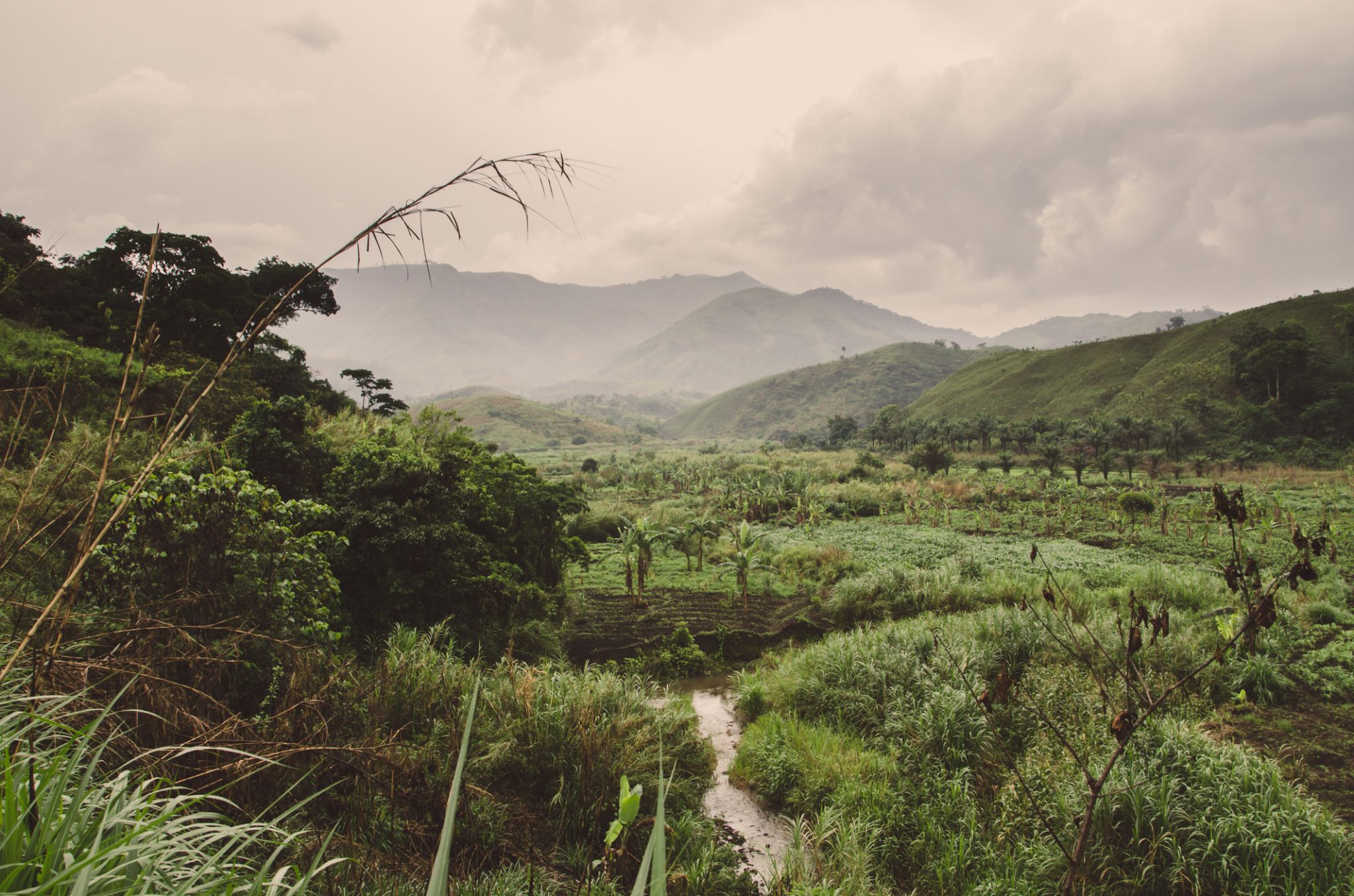 Dzień 32: 06:00-18:00
Dzień 32: 06:00-18:00Limbe / Cameroon
-
 Dzień 33:
Dzień 33:Dzień na morzu / Morze
-
 Dzień 34:
Dzień 34:Dzień na morzu / Morze
-
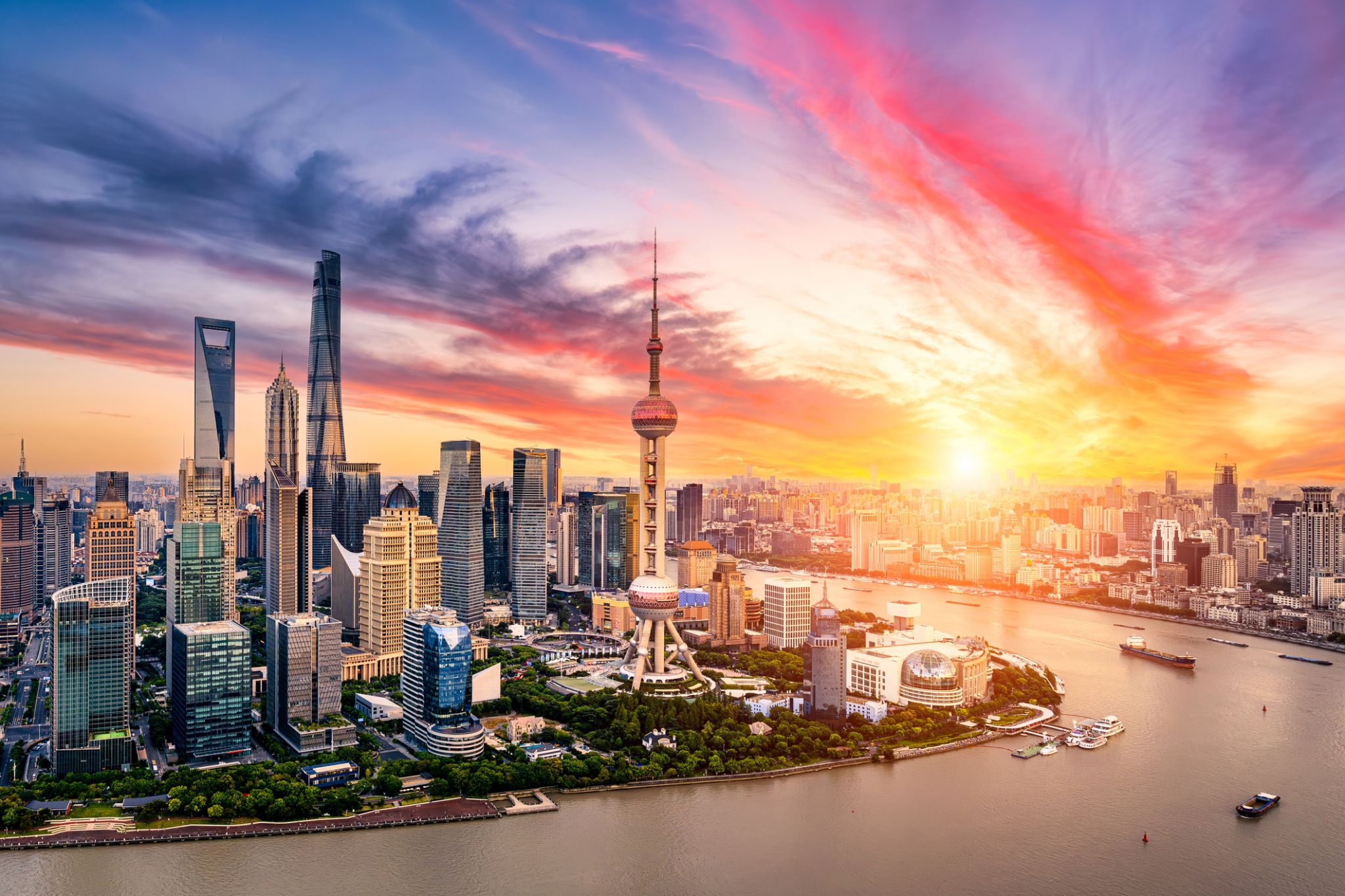 Dzień 35: 08:00
Dzień 35: 08:00Szanghaj / Chiny
Shanghai is one of the four municipalities under the direct administration of the central government of the Republic of China, the largest city in China by population, and the second most populous city proper in the world, with a population of 24.18 million as of 2017. It is a global financial centre and transport hub, with the world's busiest container port. Located in the Yangtze River Delta, it sits on the south edge of the estuary of the Yangtze in the middle portion of the East Chinacoast. The municipality borders the provinces of Jiangsu and Zhejiang to the north, south and west, and is bounded to the east by the East China Sea.
As a major administrative, shipping and trading city, Shanghai grew in importance in the 19th century due to trade and recognition of its favourable port location and economic potential. The city was one of five treaty ports forced open to foreign trade following the British victory over China in the First Opium War. The subsequent 1842 Treaty of Nankingand 1844 Treaty of Whampoa allowed the establishment of the Shanghai International Settlement and the French Concession. The city then flourished as a centre of commerce between China and other parts of the world (predominantly the Occident), and became the primary financial hub of the Asia-Pacific region in the 1930s. However, with the Communist Party takeover of the mainland in 1949, trade was limited to other socialist countries, and the city's global influence declined. In the 1990s, the economic reforms introduced by Deng Xiaoping resulted in an intense re-development of the city, aiding the return of finance and foreign investment to the city. It has since re-emerged as a hub for international trade and finance; it is the home of the Shanghai Stock Exchange, one of the world's largest by market capitalization.
Shanghai has been described as the "showpiece" of the booming economy of mainland China; renowned for its Lujiazui skyline, and museums and historic buildings, such as those along The Bund, as well as the City God Templeand the Yu Garden.
-
 Dzień 36: 17:00
Dzień 36: 17:00Szanghaj / Chiny
Shanghai is one of the four municipalities under the direct administration of the central government of the Republic of China, the largest city in China by population, and the second most populous city proper in the world, with a population of 24.18 million as of 2017. It is a global financial centre and transport hub, with the world's busiest container port. Located in the Yangtze River Delta, it sits on the south edge of the estuary of the Yangtze in the middle portion of the East Chinacoast. The municipality borders the provinces of Jiangsu and Zhejiang to the north, south and west, and is bounded to the east by the East China Sea.
As a major administrative, shipping and trading city, Shanghai grew in importance in the 19th century due to trade and recognition of its favourable port location and economic potential. The city was one of five treaty ports forced open to foreign trade following the British victory over China in the First Opium War. The subsequent 1842 Treaty of Nankingand 1844 Treaty of Whampoa allowed the establishment of the Shanghai International Settlement and the French Concession. The city then flourished as a centre of commerce between China and other parts of the world (predominantly the Occident), and became the primary financial hub of the Asia-Pacific region in the 1930s. However, with the Communist Party takeover of the mainland in 1949, trade was limited to other socialist countries, and the city's global influence declined. In the 1990s, the economic reforms introduced by Deng Xiaoping resulted in an intense re-development of the city, aiding the return of finance and foreign investment to the city. It has since re-emerged as a hub for international trade and finance; it is the home of the Shanghai Stock Exchange, one of the world's largest by market capitalization.
Shanghai has been described as the "showpiece" of the booming economy of mainland China; renowned for its Lujiazui skyline, and museums and historic buildings, such as those along The Bund, as well as the City God Templeand the Yu Garden.
-
 Dzień 37:
Dzień 37:Dzień na morzu / Morze
-
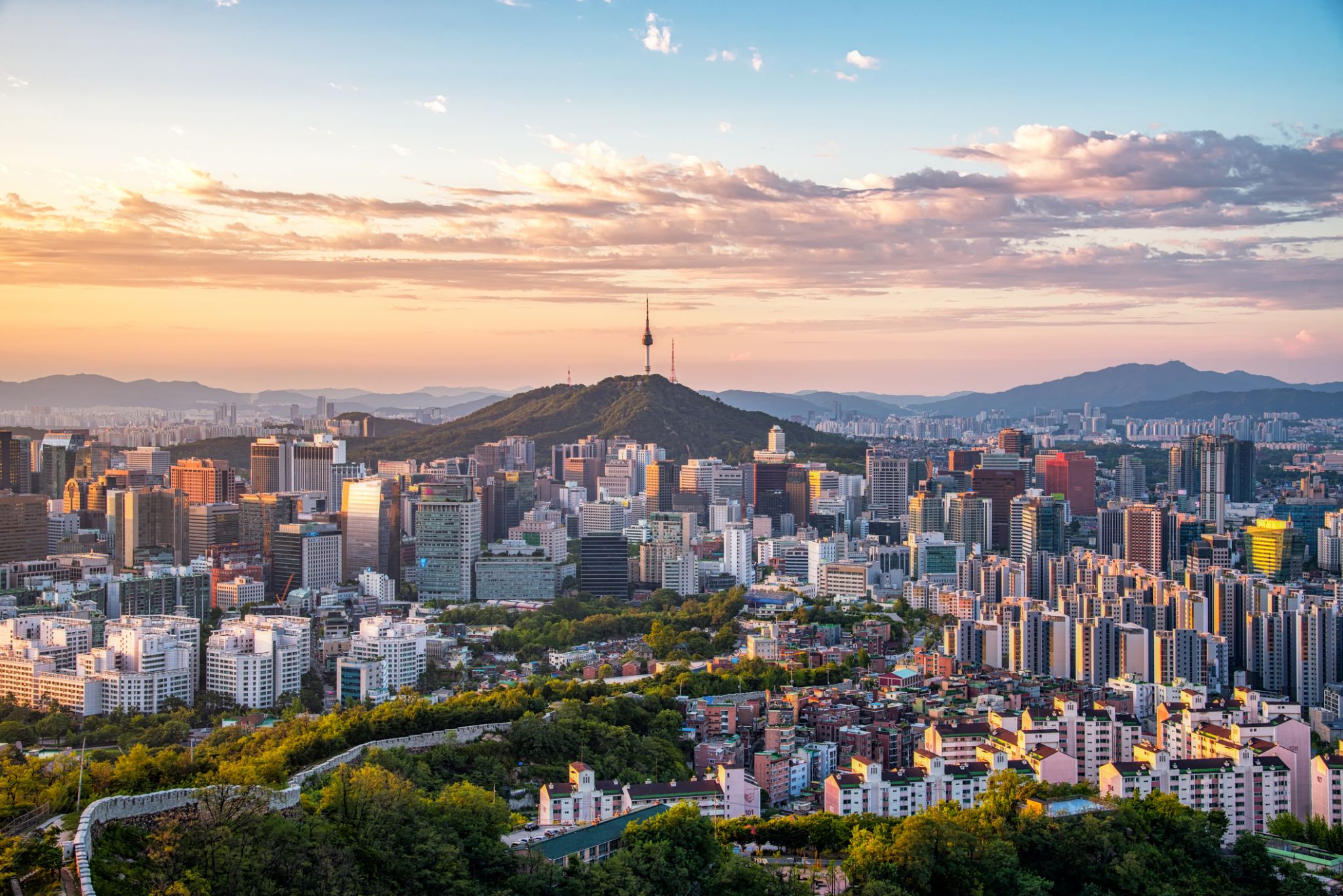 Dzień 38: 08:00-17:00
Dzień 38: 08:00-17:00Seul / Korea
Seoul, officially the Seoul Special City, is the capital and largest metropolis of South Korea. With surrounding Incheon metropolis and Gyeonggi province, Seoul forms the heart of the Seoul Capital Area, home to roughly half of the country's population. Seoul is ranked as the fourth largest metropolitan economy in the world and is larger than London and Paris.
Strategically situated on the Han River, Seoul's history stretches back over two thousand years, when it was founded in 18 BCE by the people of Baekje, one of the Three Kingdoms of Korea. The city was later designated the capital of Korea under the Joseon dynasty. Seoul is surrounded by a mountainous and hilly landscape, with Bukhan Mountainlocated on the northern edge of the city. As with its long history, the Seoul Capital Area contains five UNESCO World Heritage Sites: Changdeok Palace, Hwaseong Fortress, Jongmyo Shrine, Namhansanseong and the Royal Tombs of the Joseon Dynasty. More recently, Seoul has been a major site of modern architectural construction – major modern landmarks include the N Seoul Tower, the 63 Building, the Lotte World Tower, the Dongdaemun Design Plaza, Lotte World, Trade Tower, COEX, and the Parc1 Tower. Seoul was named the 2010 World Design Capital. As the birthplace of K-pop and the Korean Wave, Seoul received over 10 million international visitors in 2014, making it the world's 9th most visited city and 4th largest earner in tourism.
Today, Seoul is considered a leading and rising global city, resulting from the South Korean economic boom - commonly referred to as the Miracle on the Han River - which transformed it into the world's 7th largest metropolitan economy with a GDP of US$635.4 billion in 2014 after Tokyo, New York City and Los Angeles. International visitors generally reach Seoul via AREX from the Incheon International Airport, notable for having been rated the best airport for nine consecutive years (2005–2013) by the Airports Council International. In 2015, it was rated Asia's most livable city with the second highest quality of life globally by Arcadis, with the GDP per capita (PPP) in Seoul being $39,786. Inhabitants of Seoul are faced with a high cost of living, for which the city was ranked 6th globally in 2017. Seoul is also an extremely expensive real estate market, ranked 5th in the world for the price of apartments in the downtown center. With major technology hubs centered in Gangnam and Digital Media City, the Seoul Capital Area is home to the headquarters of 15 Fortune Global 500 companies, including Samsung, LG, and Hyundai. Ranked sixth in the Global Power City Index and Global Financial Centres Index, the metropolis exerts a major influence in global affairs as one of the five leading hosts of global conferences. Seoul has hosted the 1986 Asian Games, 1988 Summer Olympics, 2002 FIFA World Cup, and more recently the 2010 G-20 Seoul summit.
-
 Dzień 39:
Dzień 39:Dzień na morzu / Morze
-
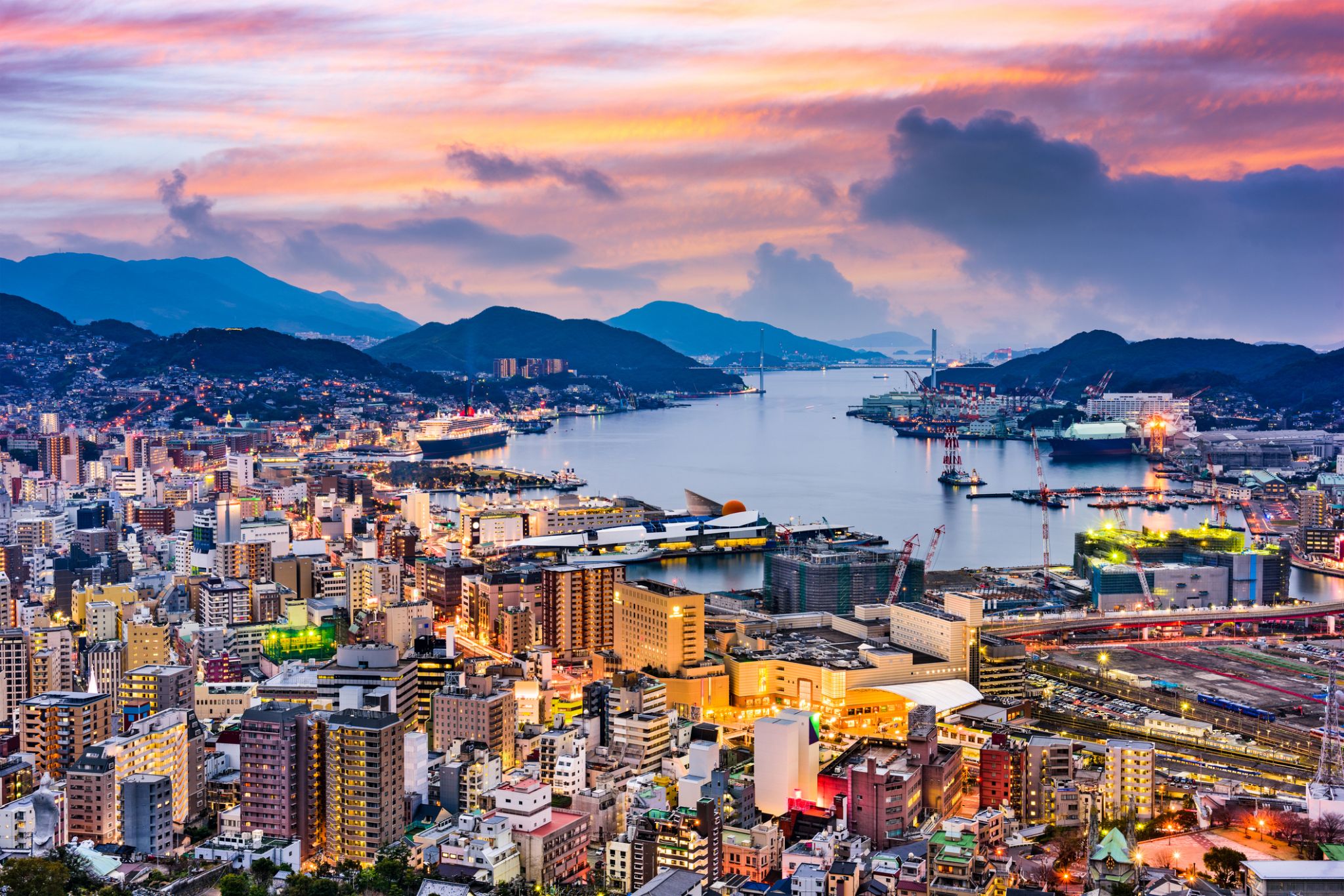 Dzień 40: 07:00-16:00
Dzień 40: 07:00-16:00Nagasaki / Japonia
Nagasaki is the capital and the largest city of Nagasaki Prefecture on the island of Kyushu in Japan. The city's name means "long cape" in Japanese. Nagasaki became a centre of colonial Portuguese and Dutch influence in the 16th through 19th centuries, and the Hidden Christian Sites in the Nagasaki Region have been recognized and included in the UNESCO World Heritage List. Part of Nagasaki was home to a major Imperial Japanese Navy base during the First Sino-Japanese War and Russo-Japanese War.
During World War II, the American atomic bombings of Hiroshima and Nagasaki made Nagasaki the second and, to date, last city in the world to experience a nuclear attack (at 11:02 a.m., August 9, 1945 'Japan Standard Time (UTC+9)').
As of 1 March 2017, the city has an estimated population of 425,723 and a population density of 1,000 people per km2. The total area is 406.35 km2 (156.89 sq mi).
-
 Dzień 41: 11:00-19:00
Dzień 41: 11:00-19:00Hiroszima / Japonia
a city in southwestern Japan, on the southern coast of the island of Honshu; population 1,144,572 (2007). It was the target of the first atom bomb, which was dropped by the US on August 6, 1945, and resulted in the deaths of about one third of the city's population of 300,000. This, with a second attack on Nagasaki three days later, led to Japan's surrender and to the end of World War II.
-
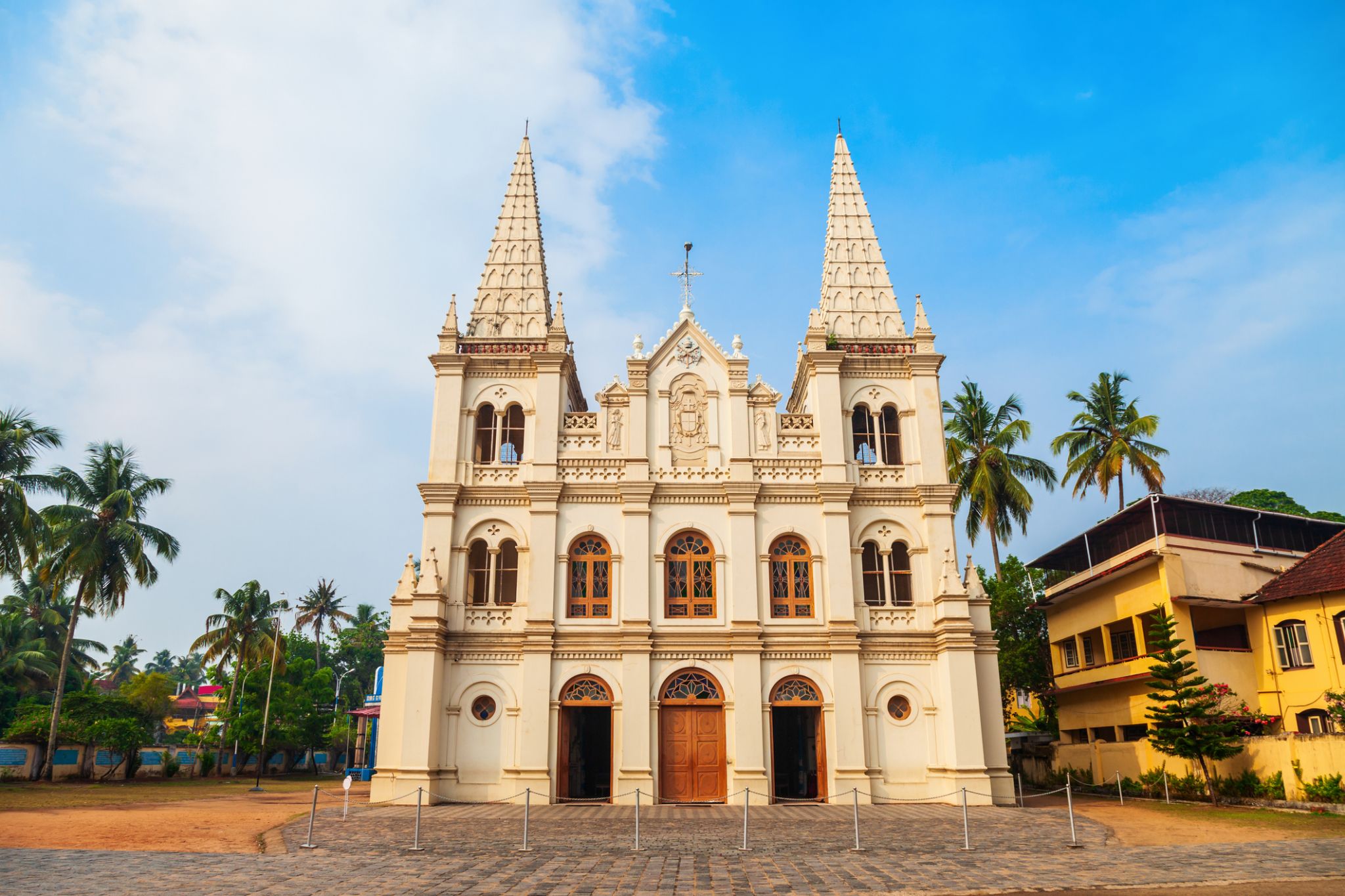 Dzień 42: 10:00-18:00
Dzień 42: 10:00-18:00Kochi / Indie
a seaport and naval base on the Malabar Coast of southwestern India, in the state of Kerala; population 254,500 (est. 2009).
-
 Dzień 43: 07:00-18:00
Dzień 43: 07:00-18:00Kioto
-
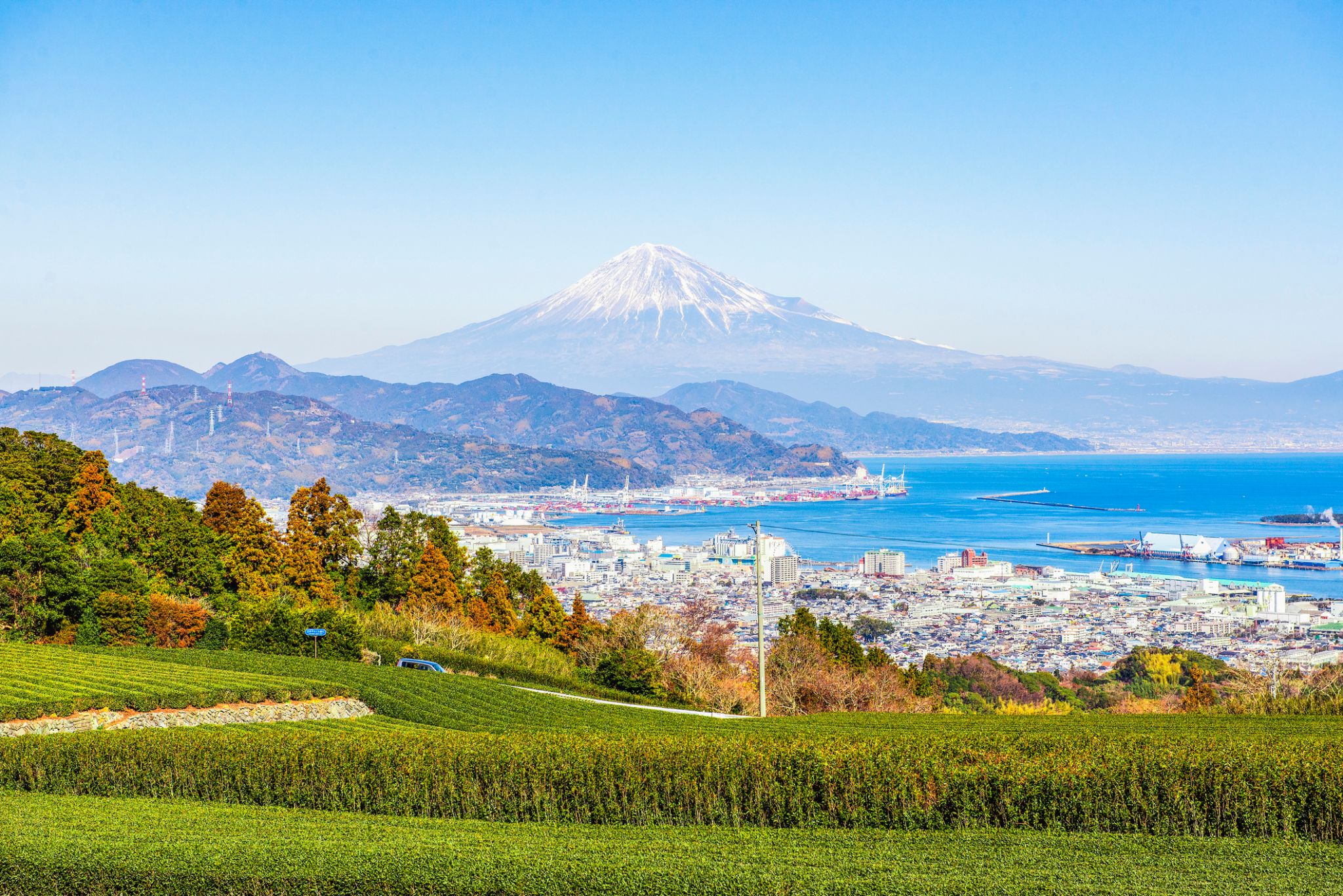 Dzień 44: 12:00-20:00
Dzień 44: 12:00-20:00Shimizu / Japonia
-
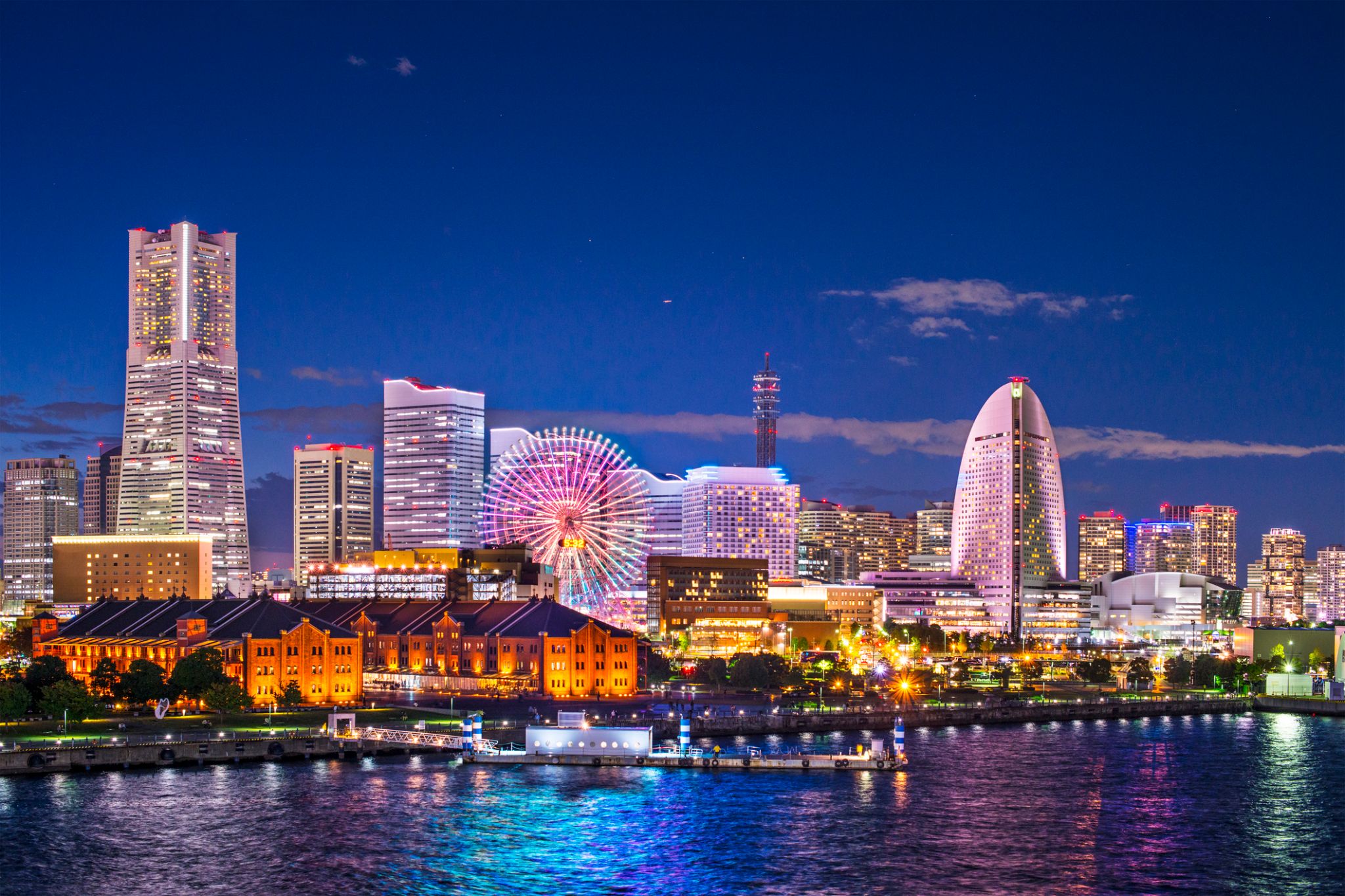 Dzień 45: 07:00
Dzień 45: 07:00Yokohama (Tokio) / Japonia
Tokyo, officially Tokyo Metropolis, one of the 47 prefectures of Japan, has served as the Japanese capital since 1869. As of 2014, the Greater Tokyo Arearanked as the most populous metropolitan area in the world. The urban area houses the seat of the Emperor of Japan, of the Japanese government and of the National Diet. Tokyo forms part of the Kantō region on the southeastern side of Japan's main island, Honshu, and includes the Izu Islands and Ogasawara Islands. Tokyo was formerly named Edo when Shōgun Tokugawa Ieyasu made the city his headquarters in 1603. It became the capital after Emperor Meiji moved his seat to the city from Kyoto in 1868; at that time Edo was renamed Tokyo. Tokyo Metropolis formed in 1943 from the merger of the former Tokyo Prefecture and the city of Tokyo. Tokyo is often referred to as a city but is officially known and governed as a "metropolitan prefecture", which differs from and combines elements of a city and a prefecture, a characteristic unique to Tokyo.
The 23 Special Wards of Tokyo were formerly Tokyo City. On July 1, 1943, it merged with Tokyo Prefecture and became Tokyo Metropolis with an additional 26 municipalities in the western part of the prefecture, and the Izu islandsand Ogasawara islands south of Tokyo. The population of the special wards is over 9 million people, with the total population of Tokyo Metropolis exceeding 13.8 million. The prefecture is part of the world's most populous metropolitan area called the Greater Tokyo Area with over 38 million people and the world's largest urban agglomeration economy. As of 2011, Tokyo hosted 51 of the Fortune Global 500 companies, the highest number of any city in the world at that time. Tokyo ranked third (twice) in the International Financial Centres Development Index. The city is home to various television networks such as Fuji TV, Tokyo MX, TV Tokyo, TV Asahi, Nippon Television, NHK and the Tokyo Broadcasting System.
-
 Dzień 46: 17:00
Dzień 46: 17:00Yokohama (Tokio) / Japonia
Tokyo, officially Tokyo Metropolis, one of the 47 prefectures of Japan, has served as the Japanese capital since 1869. As of 2014, the Greater Tokyo Arearanked as the most populous metropolitan area in the world. The urban area houses the seat of the Emperor of Japan, of the Japanese government and of the National Diet. Tokyo forms part of the Kantō region on the southeastern side of Japan's main island, Honshu, and includes the Izu Islands and Ogasawara Islands. Tokyo was formerly named Edo when Shōgun Tokugawa Ieyasu made the city his headquarters in 1603. It became the capital after Emperor Meiji moved his seat to the city from Kyoto in 1868; at that time Edo was renamed Tokyo. Tokyo Metropolis formed in 1943 from the merger of the former Tokyo Prefecture and the city of Tokyo. Tokyo is often referred to as a city but is officially known and governed as a "metropolitan prefecture", which differs from and combines elements of a city and a prefecture, a characteristic unique to Tokyo.
The 23 Special Wards of Tokyo were formerly Tokyo City. On July 1, 1943, it merged with Tokyo Prefecture and became Tokyo Metropolis with an additional 26 municipalities in the western part of the prefecture, and the Izu islandsand Ogasawara islands south of Tokyo. The population of the special wards is over 9 million people, with the total population of Tokyo Metropolis exceeding 13.8 million. The prefecture is part of the world's most populous metropolitan area called the Greater Tokyo Area with over 38 million people and the world's largest urban agglomeration economy. As of 2011, Tokyo hosted 51 of the Fortune Global 500 companies, the highest number of any city in the world at that time. Tokyo ranked third (twice) in the International Financial Centres Development Index. The city is home to various television networks such as Fuji TV, Tokyo MX, TV Tokyo, TV Asahi, Nippon Television, NHK and the Tokyo Broadcasting System.
-
 Dzień 47:
Dzień 47:Dzień na morzu / Morze
-
 Dzień 48:
Dzień 48:Dzień na morzu / Morze
-
 Dzień 49: 08:00-17:00
Dzień 49: 08:00-17:00Miyakojima Okinawa
-
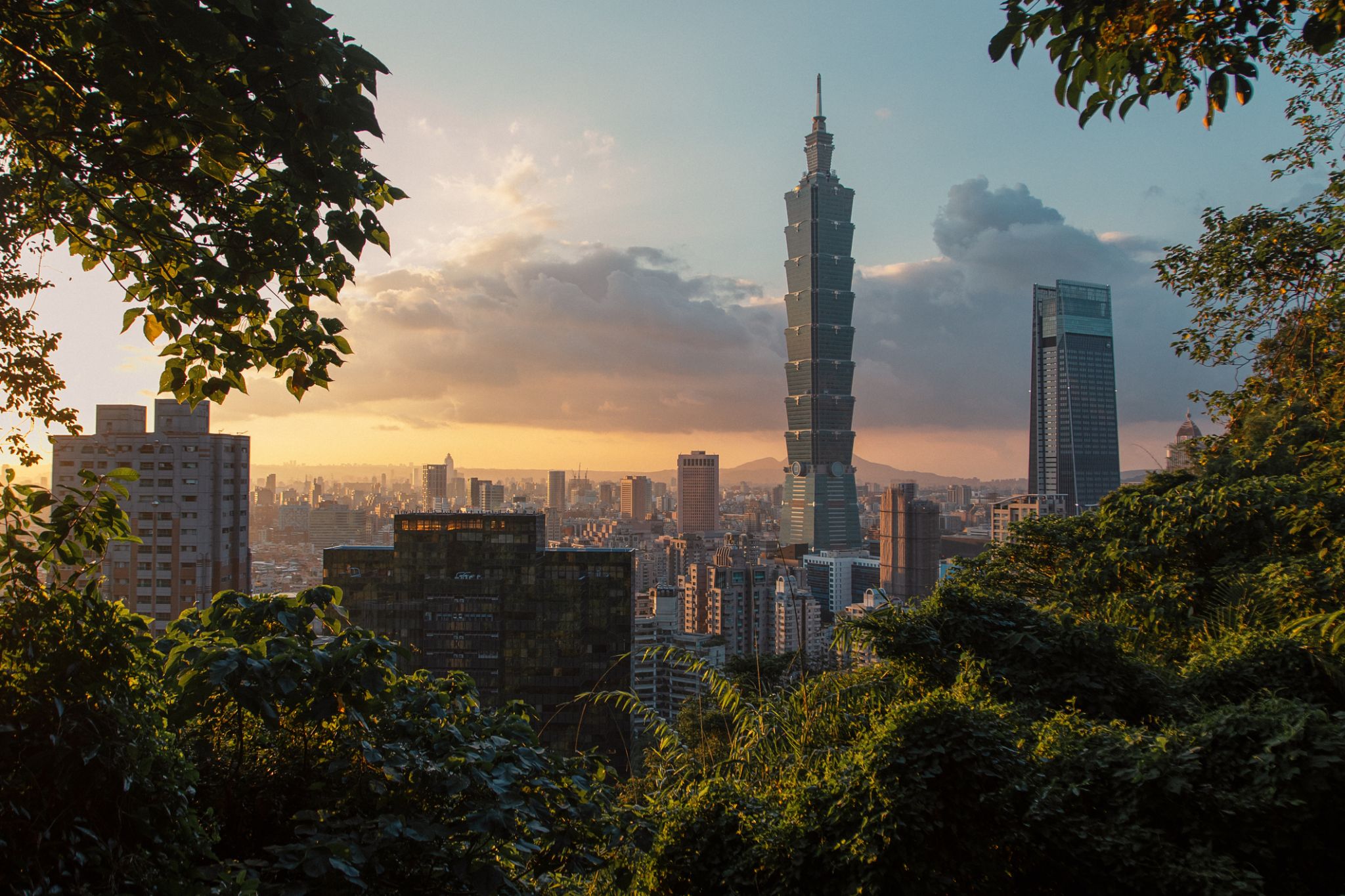 Dzień 50: 08:00-17:00
Dzień 50: 08:00-17:00Tajpej / Taiwan
Taiwan it is a state in East Asia. It includes the neighbors of the Republic of China and the Philippines to the south. It is not a member of the United Nations.
The island of Taiwan was formerly known as the island of mass migration. The island was annexed in 1683 by the Qing dynasty, the last dynasty. The Qing ceded Taiwan to Japan in 1895 after the Sino-Japanese War. The Republic of China (ROC) was established after the fall of the Qing dynasty. The following is the Japanese surrender to the Allies in 1945; However, it’s not a problem, but it’s not a problem. It has been up to 99% of its de facto territory. The United States of America is the United States of America in the United States of America until 1971, when it’s lost.
-
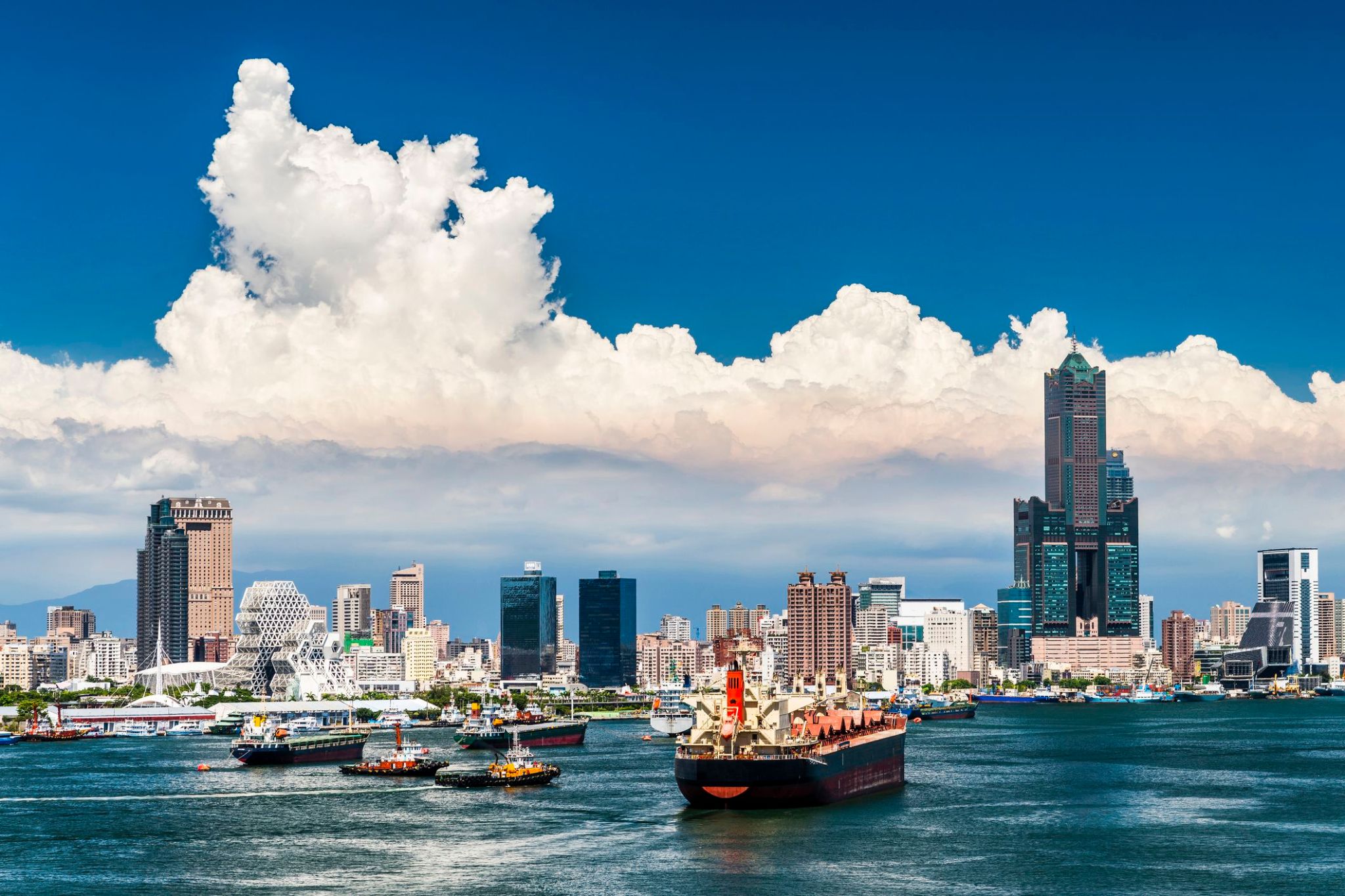 Dzień 51: 09:00-18:00
Dzień 51: 09:00-18:00Kaohsiung / Taiwan
Kaohsiung — Morskie wrota Tajwanu z sercem metropolii i duszą tropików
Witamy w Kaohsiung — dynamicznym mieście na południowym wybrzeżu Tajwanu, gdzie energia portu łączy się z spokojem oceanicznych krajobrazów. To nie tylko centrum przemysłowe, ale także kulturalne serce, które zachwyca łagodnym klimatem, obfitą naturą i tętniącą życiem atmosferą. W 2009 roku Kaohsiung było gospodarzem Światowych Igrzysk, co umocniło jego status jako ważnego międzynarodowego centrum. Tutaj niemal codziennie świeci słońce, a horyzont, na którym spotykają się góry, zatoki i nowoczesne budynki, zachwyca za każdym razem.
Turyści znajdą tutaj wiele ciekawych atrakcji: od spokojnych spacerów wzdłuż Rzeki Miłości po zapierające dech w piersiach widoki z szczytu góry Shoushan. Miasto oferuje również ogromną różnorodność kulturową, od starożytnych ulic dzielnicy Zuoyin po wieś Meinong, gdzie można podziwiać tradycyjne rzemiosło. Kaohsiung to nie tylko punkt na mapie, ale podróż do atmosfery, w której natura, historia i nowoczesność łączą się w unikalne doświadczenie.
-
 Dzień 52:
Dzień 52:Dzień na morzu / Morze
-
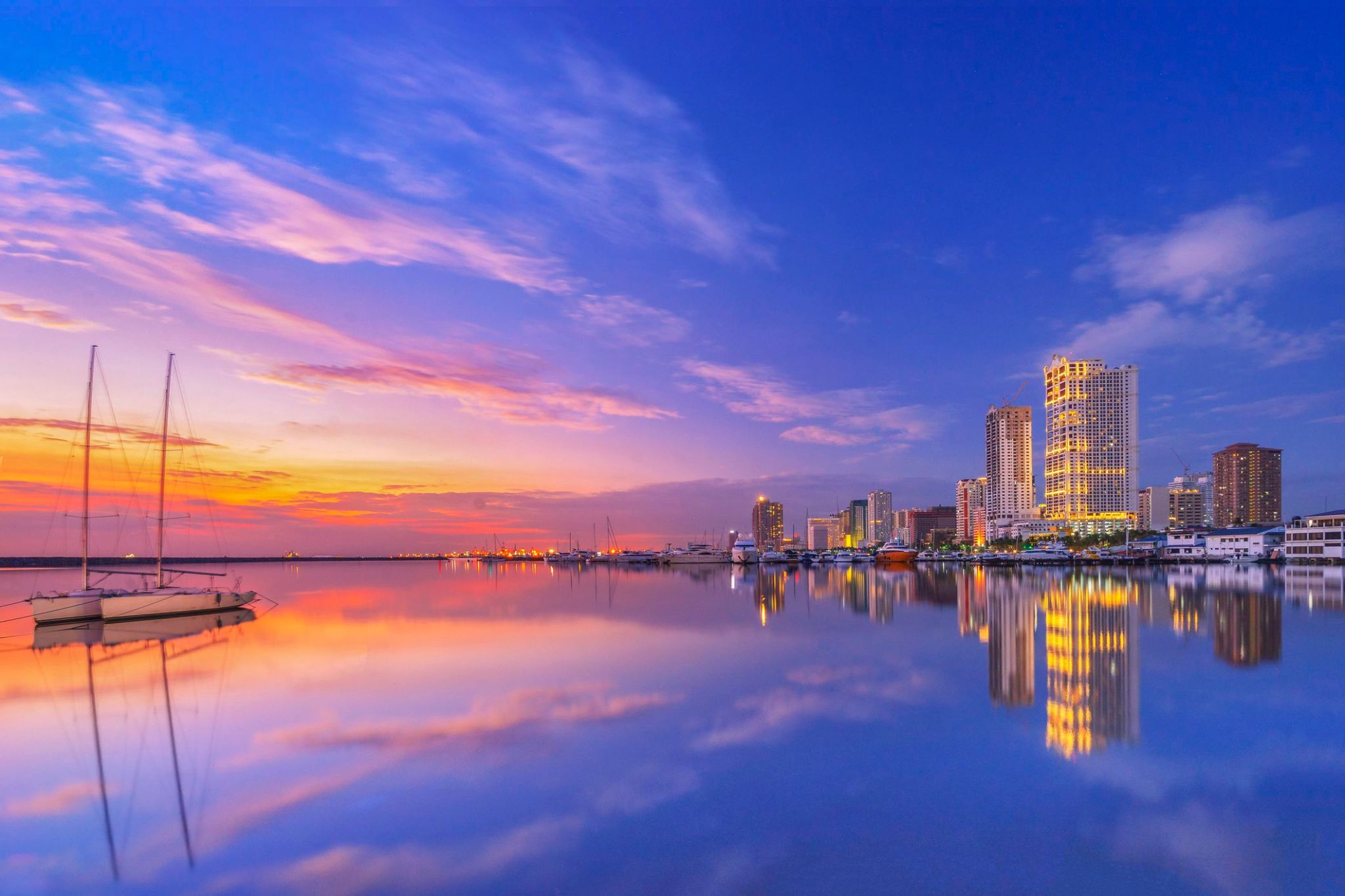 Dzień 53: 08:00-16:00
Dzień 53: 08:00-16:00Manila / Philippine Islands
Manila, officially the City of Manila, is the capital of the Philippines. It is the most densely populated city proper in the world. It was the first chartered city by virtue of the Philippine Commission Act 183 on July 31, 1901 and gained autonomy with the passage of Republic Act No. 409 or the "Revised Charter of the City of Manila" on June 18, 1949.
-
 Dzień 54: 08:00-17:00
Dzień 54: 08:00-17:00Coron Island / Philippine Islands
-
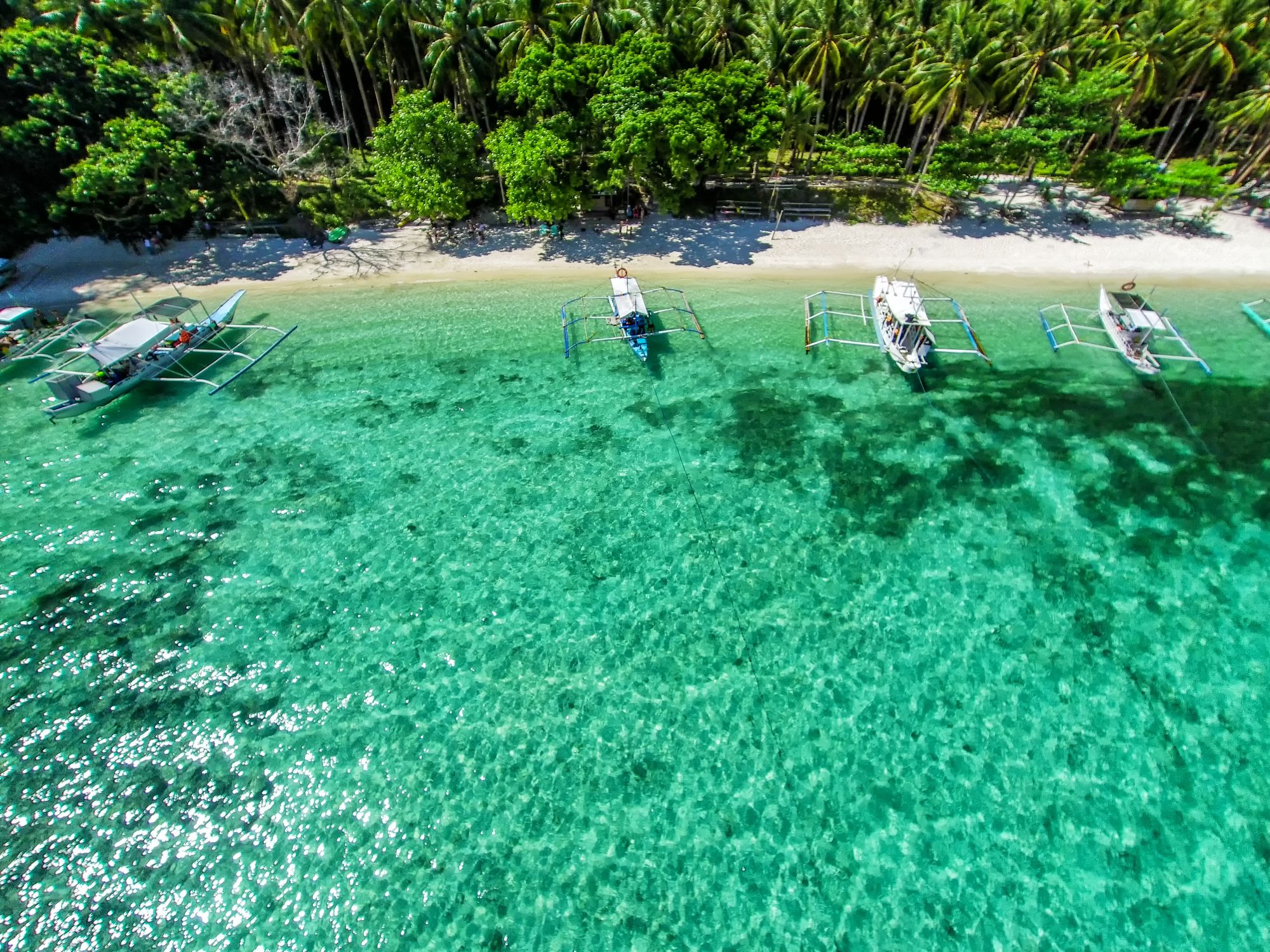 Dzień 55: 08:00-17:00
Dzień 55: 08:00-17:00Puerto Princesa / Philippine Islands
Puerto Princesa to miasto na filipińskiej wyspie Palawan, szeroko znane dzięki jednej z cudów natury — Podziemnej Rzece Puerto Princesa, wpisanej na listę światowego dziedzictwa UNESCO. Ten system jaskiń i podziemnych rzek, przebiegający przez wapienne formacje, przyciąga podróżnych z całego świata możliwością rejsu łodzią i podziwiania stalaktytów, stalagmitów oraz unikalnej ekosystemu. Miasto jest również doskonałą bazą wypadową do odkrywania niezwykłej przyrody Palawanu: tropikalnych lasów, wybrzeży i rezerwatów przyrody.
Poza atrakcjami przyrodniczymi, Puerto Princesa słynie z czystych ulic, przyjaznej atmosfery i dobrze rozwiniętej infrastruktury turystycznej. Można tu skosztować świeżych owoców morza, odwiedzić nocne targi lub wybrać się na wycieczki po wyspach w zatoce Honda. Miasto aktywnie rozwija ekoturystykę, dbając o równowagę między rozwojem a ochroną środowiska. Dla podróżników poszukujących połączenia przygody, relaksu i lokalnej kultury, Puerto Princesa staje się coraz bardziej atrakcyjnym kierunkiem.
-
 Dzień 56:
Dzień 56:Dzień na morzu / Morze
-
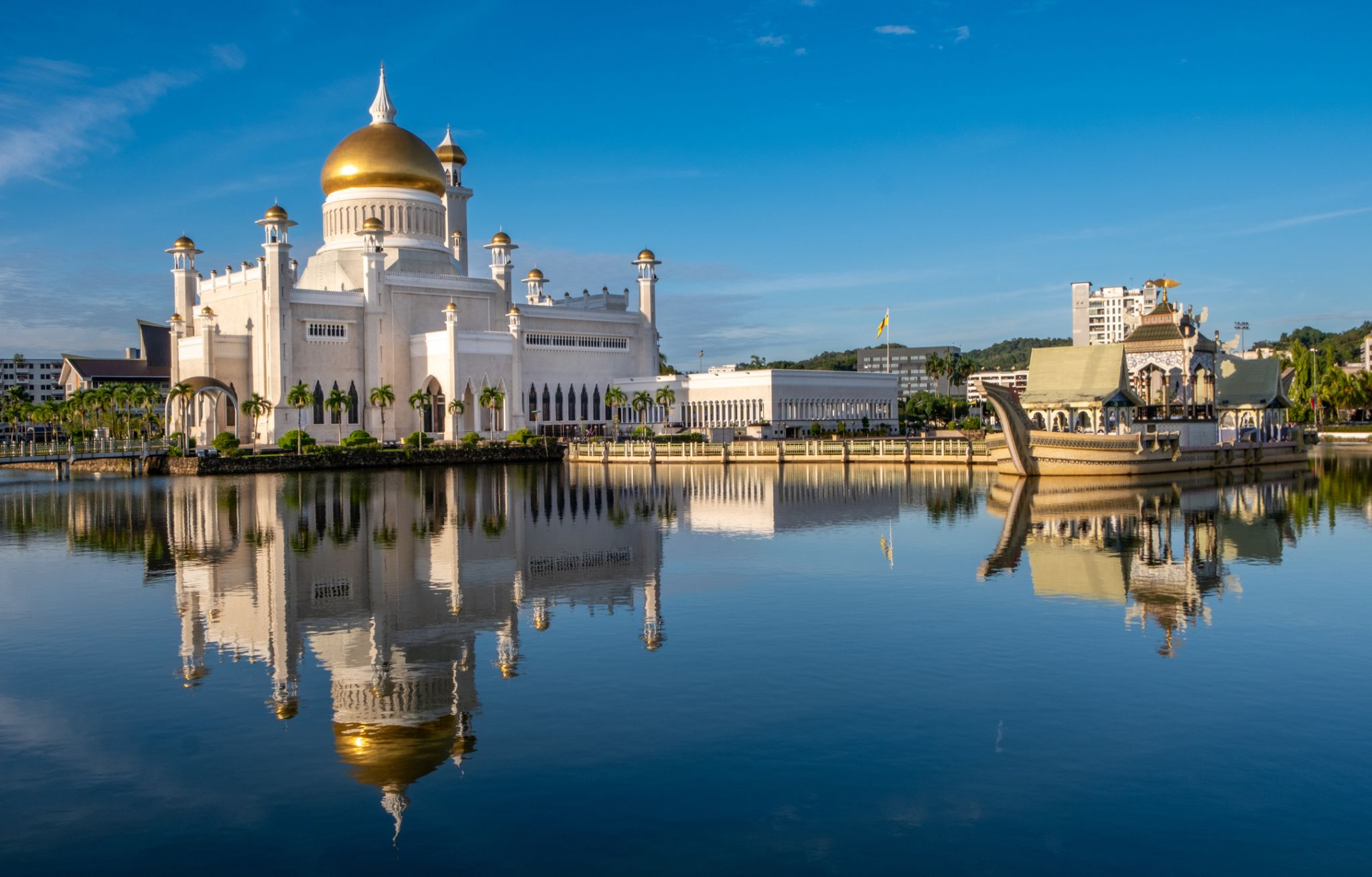 Dzień 57: 07:00-16:00
Dzień 57: 07:00-16:00Bandar-Seri-Begawan / Brunei
-
 Dzień 58:
Dzień 58:Dzień na morzu / Morze
-
 Dzień 59: 13:00
Dzień 59: 13:00Singapur / Singapur
-
 Dzień 60: 17:00
Dzień 60: 17:00Singapur / Singapur
